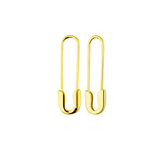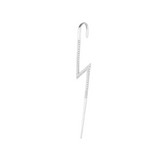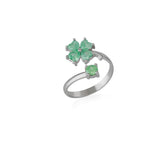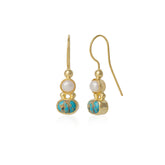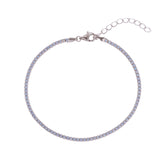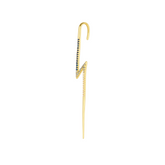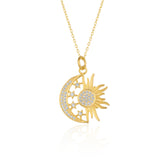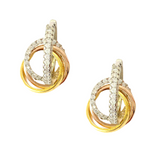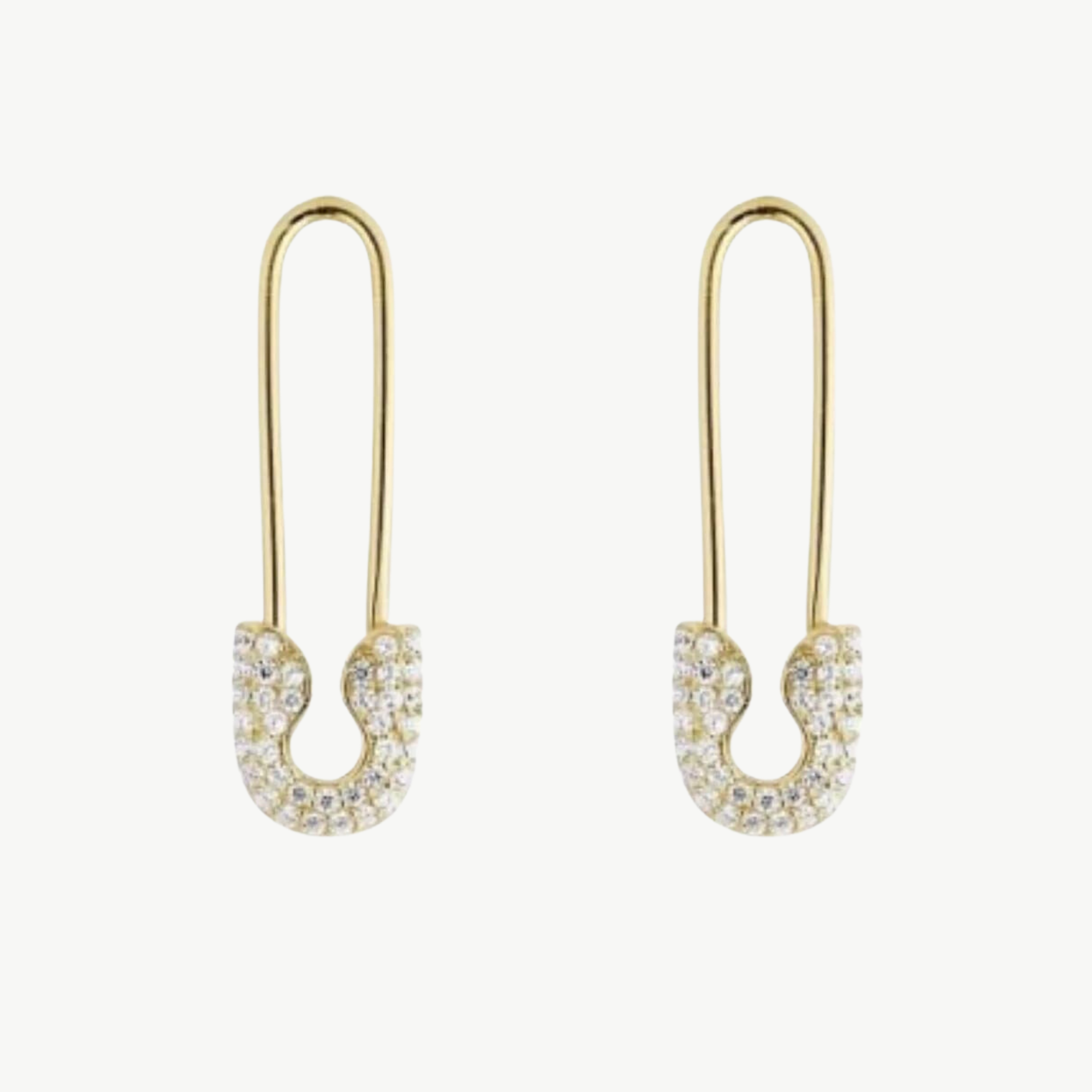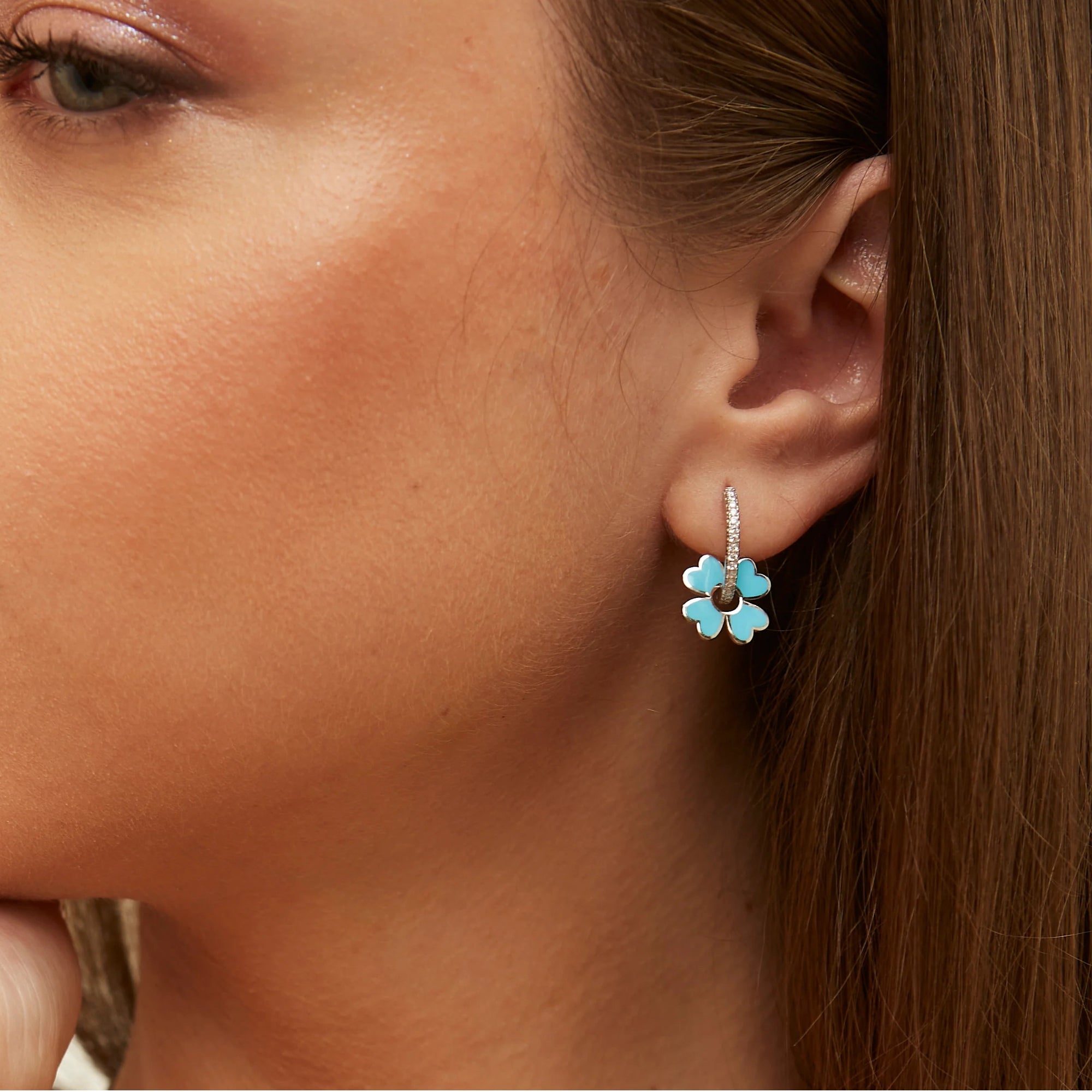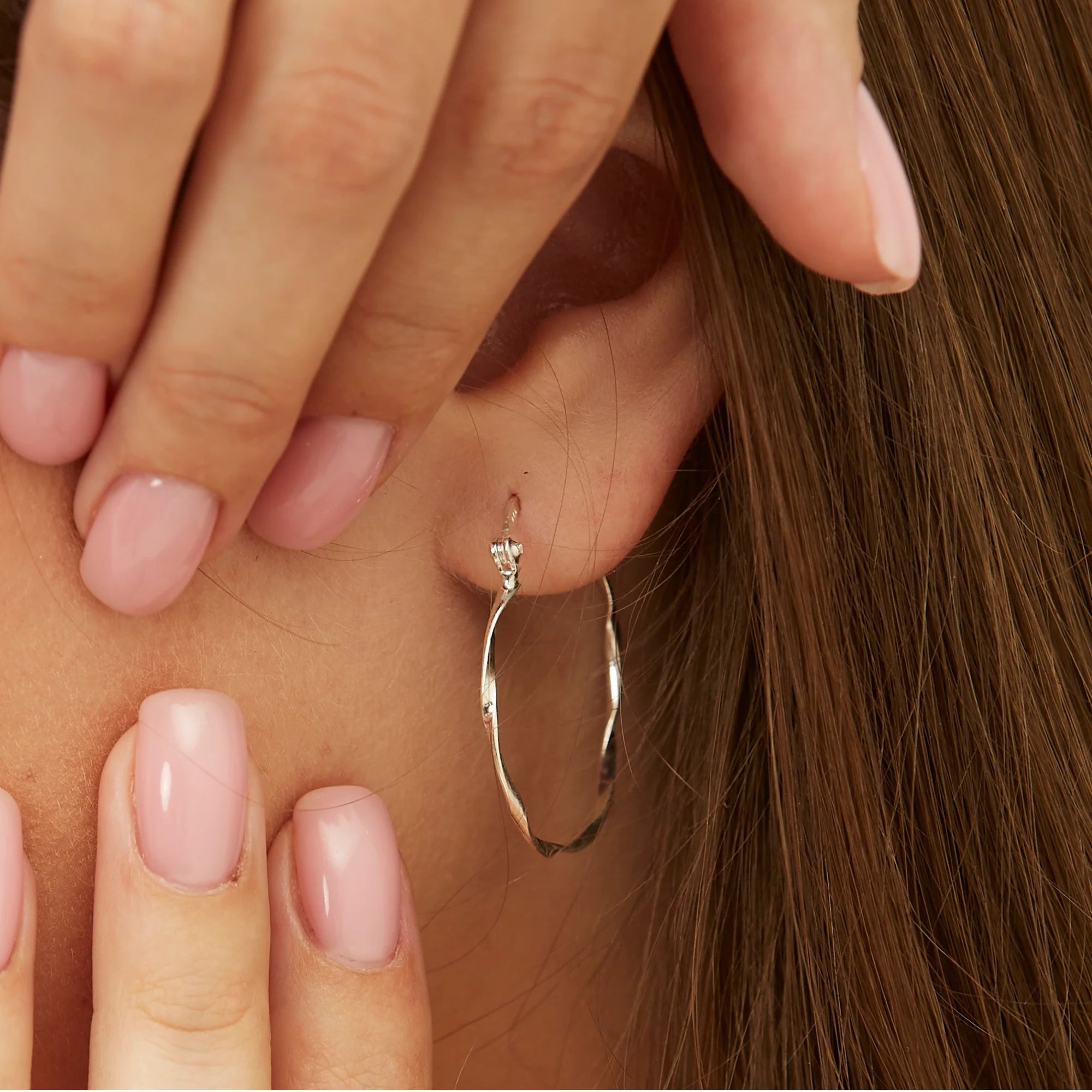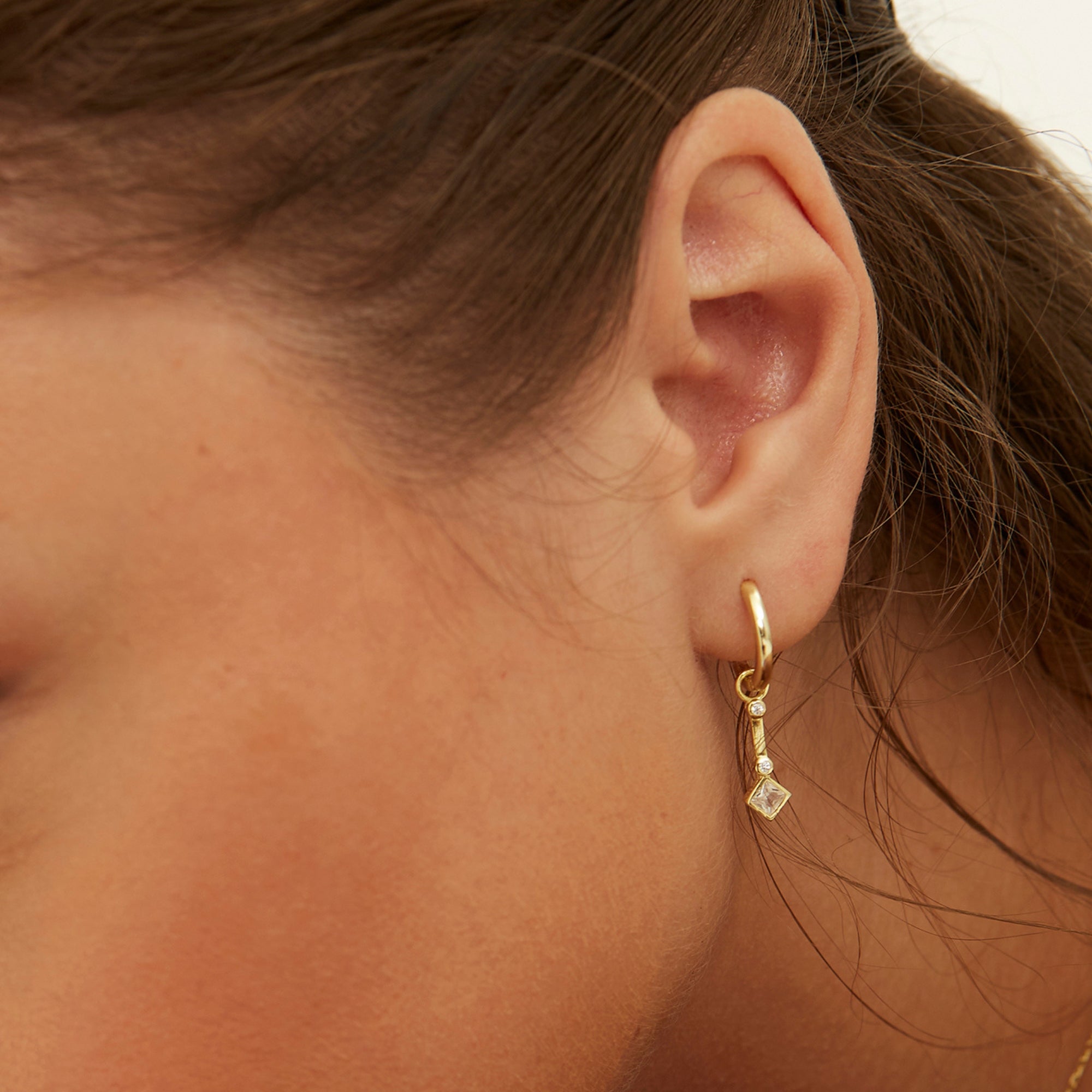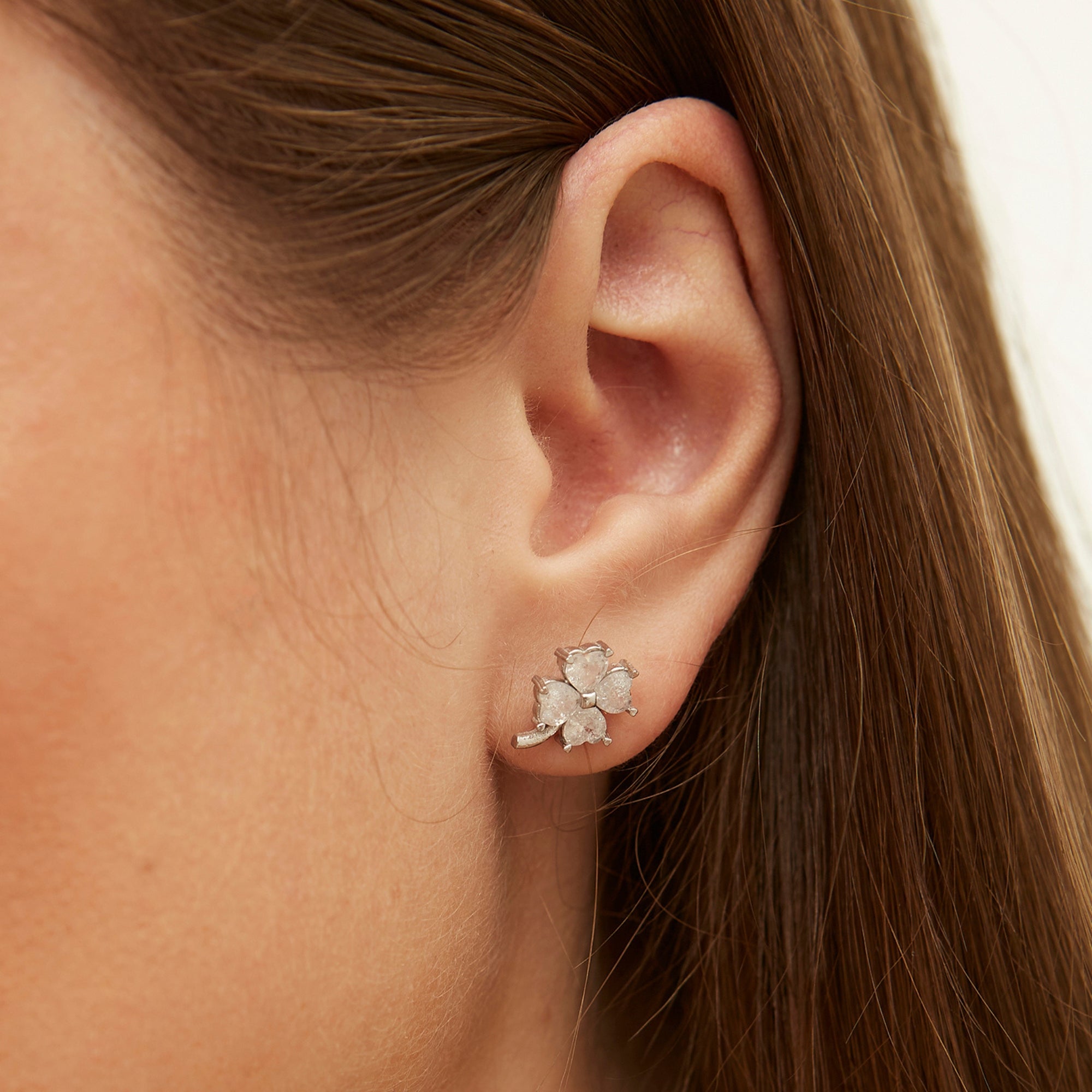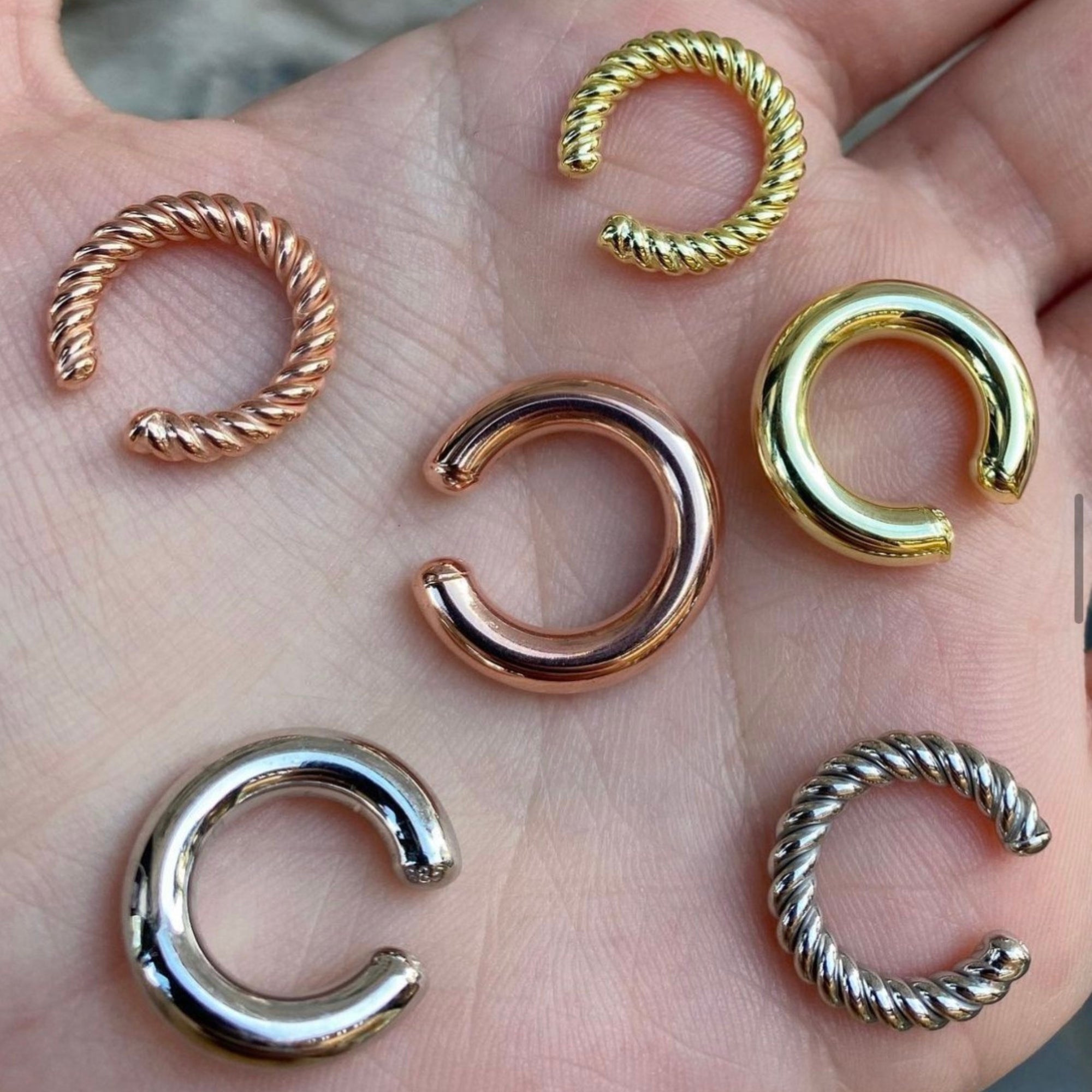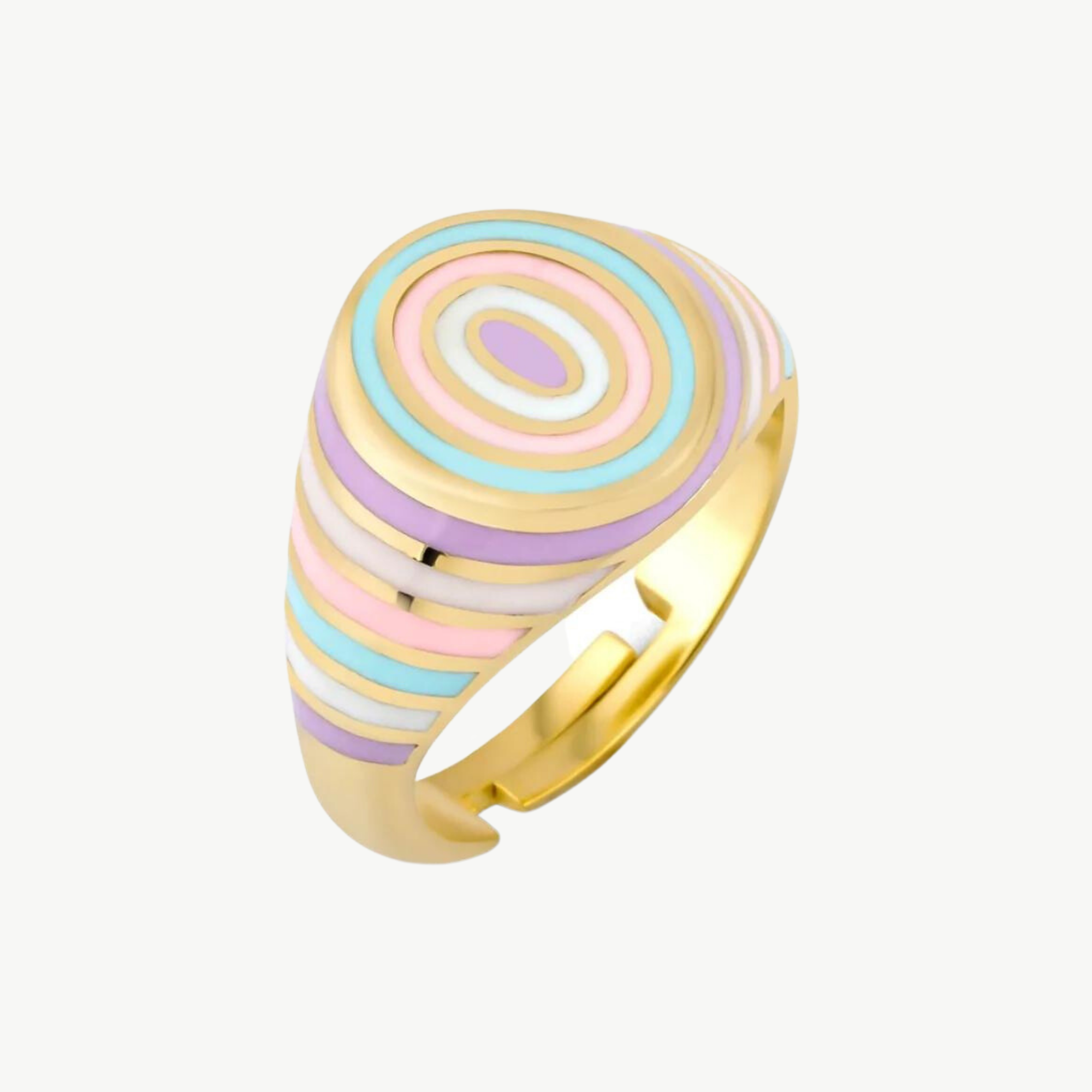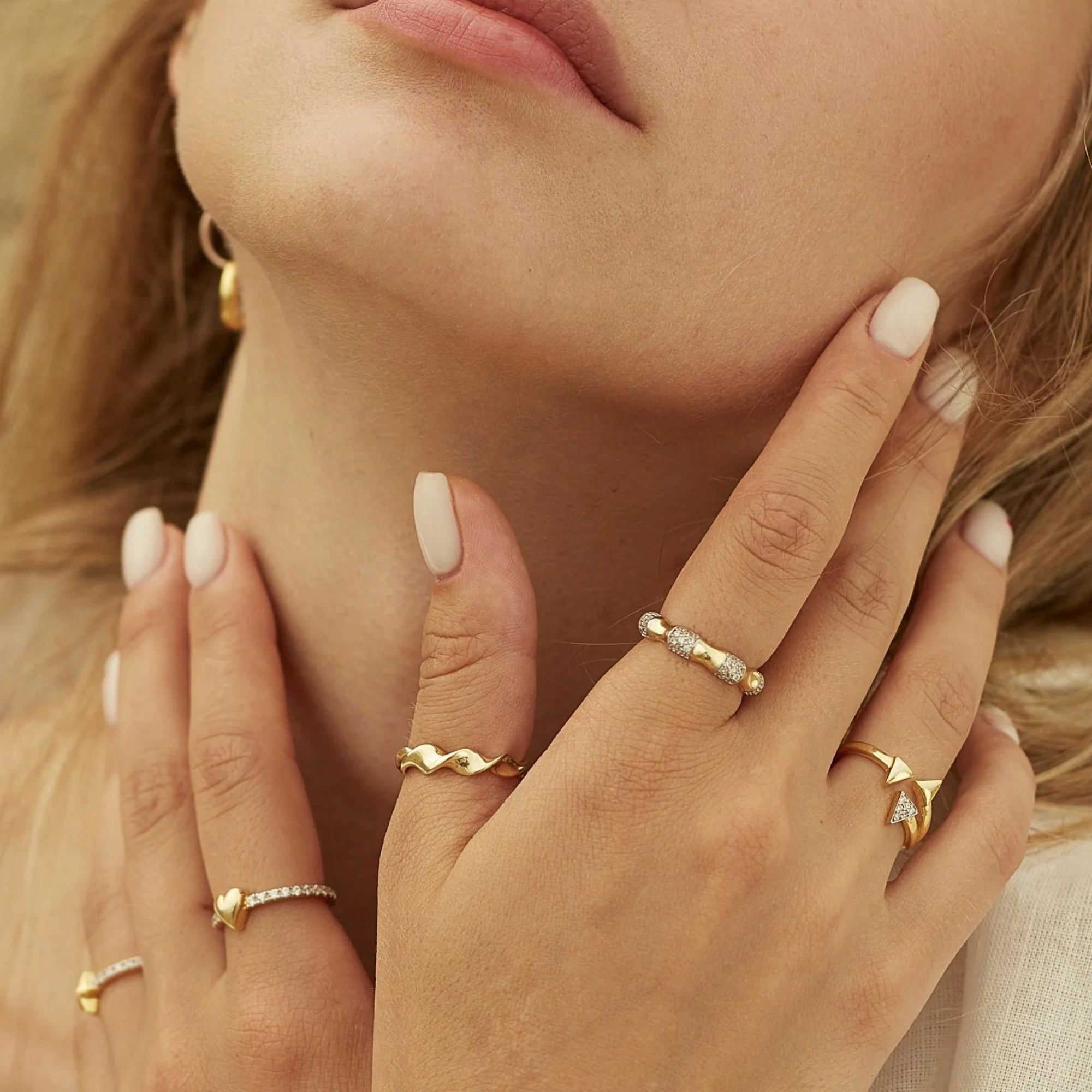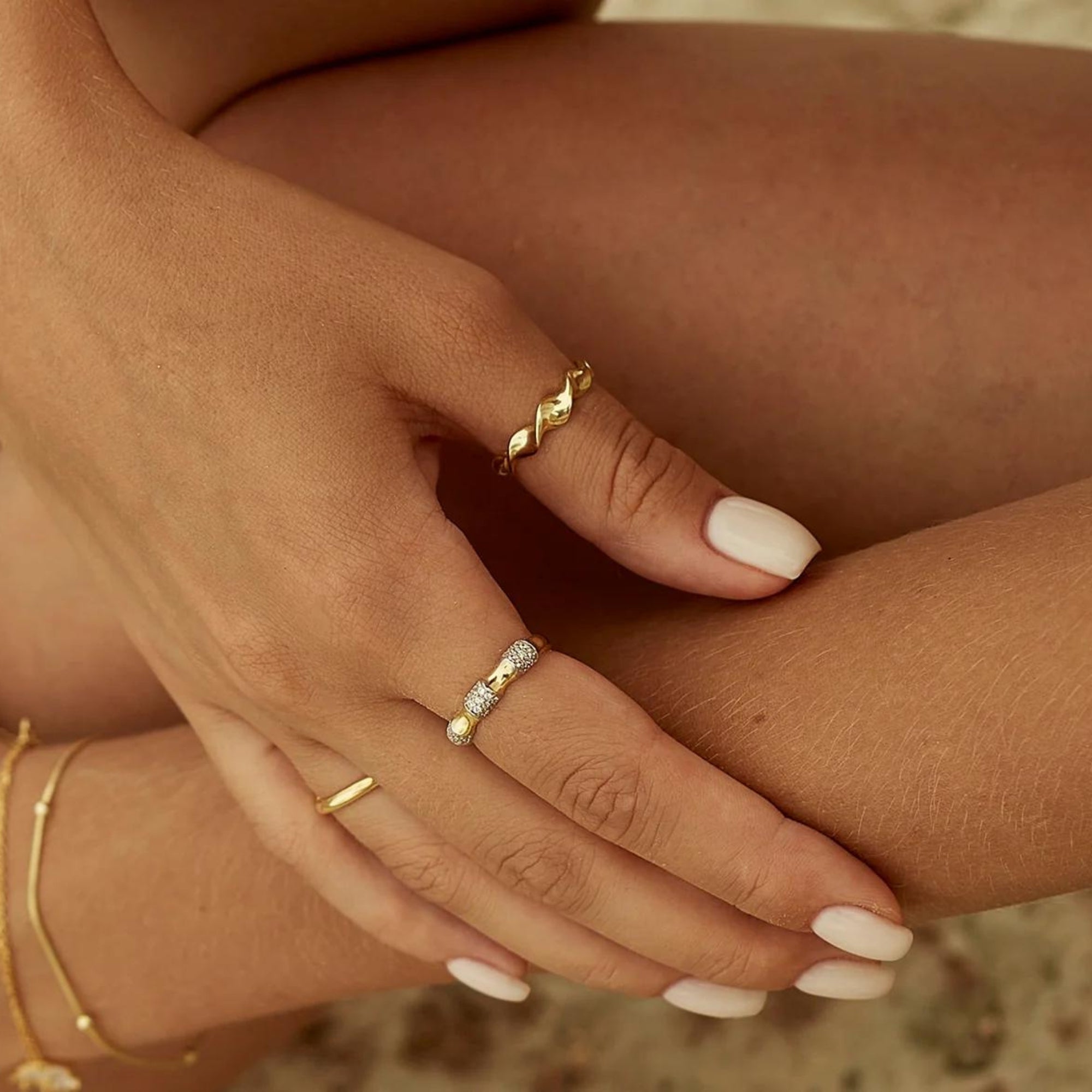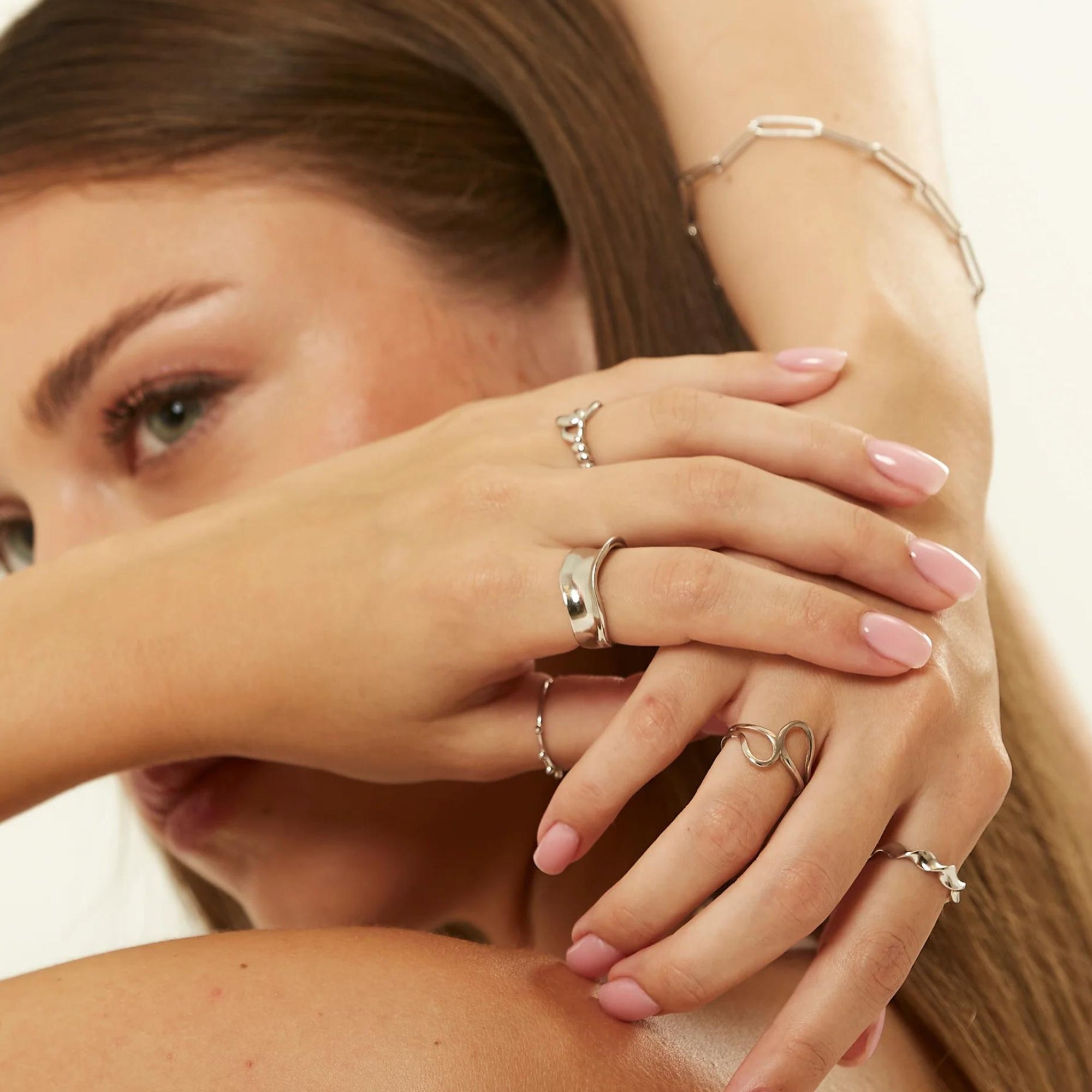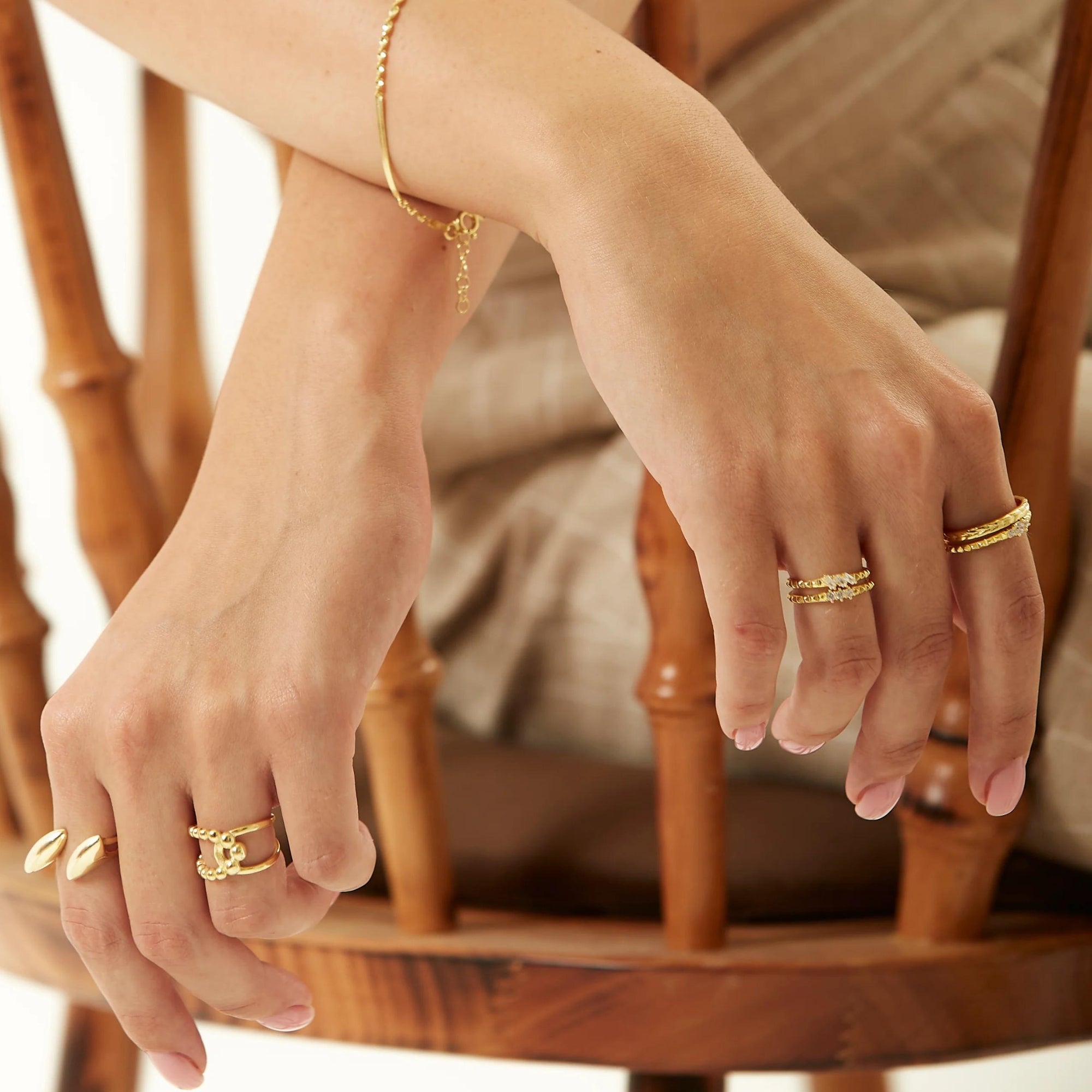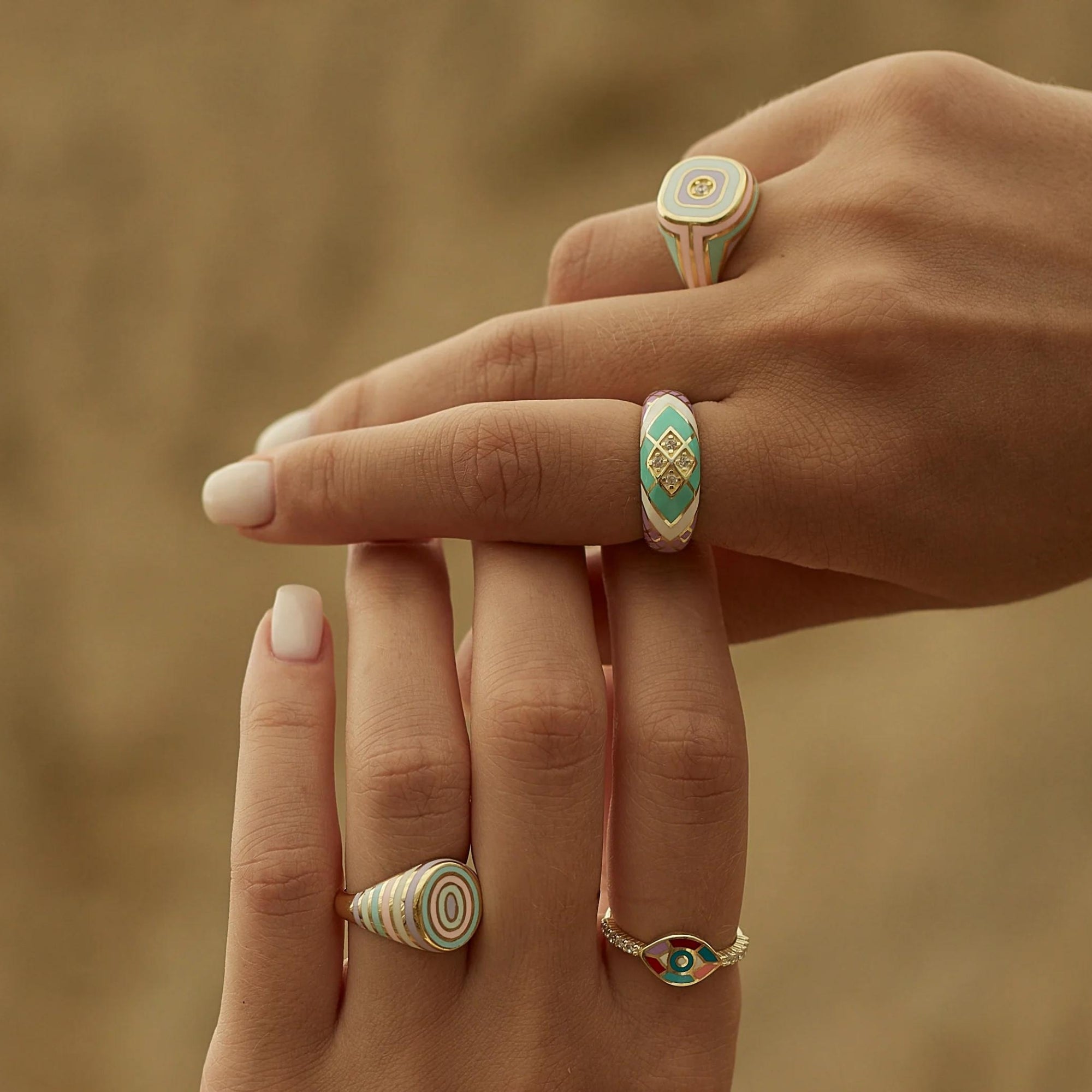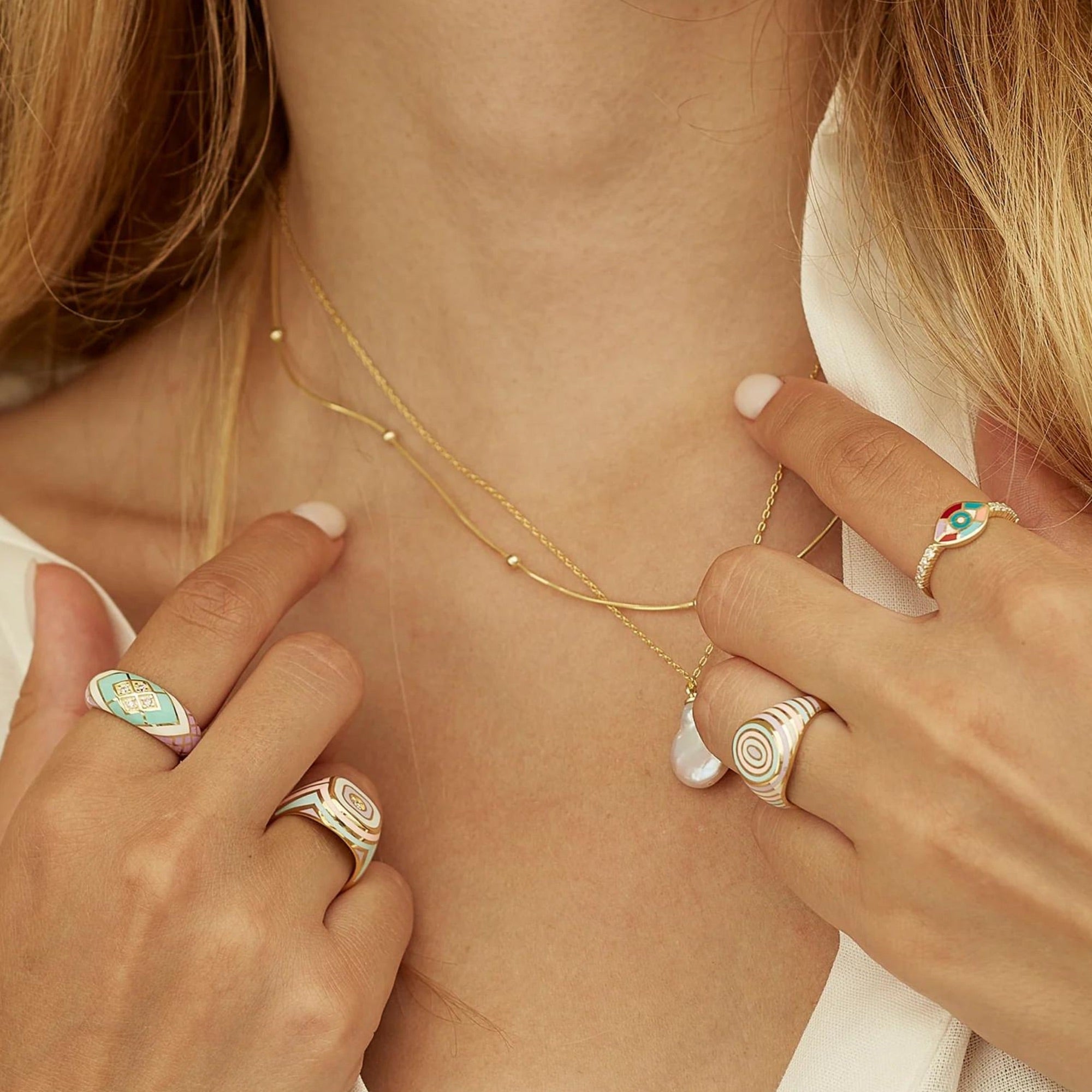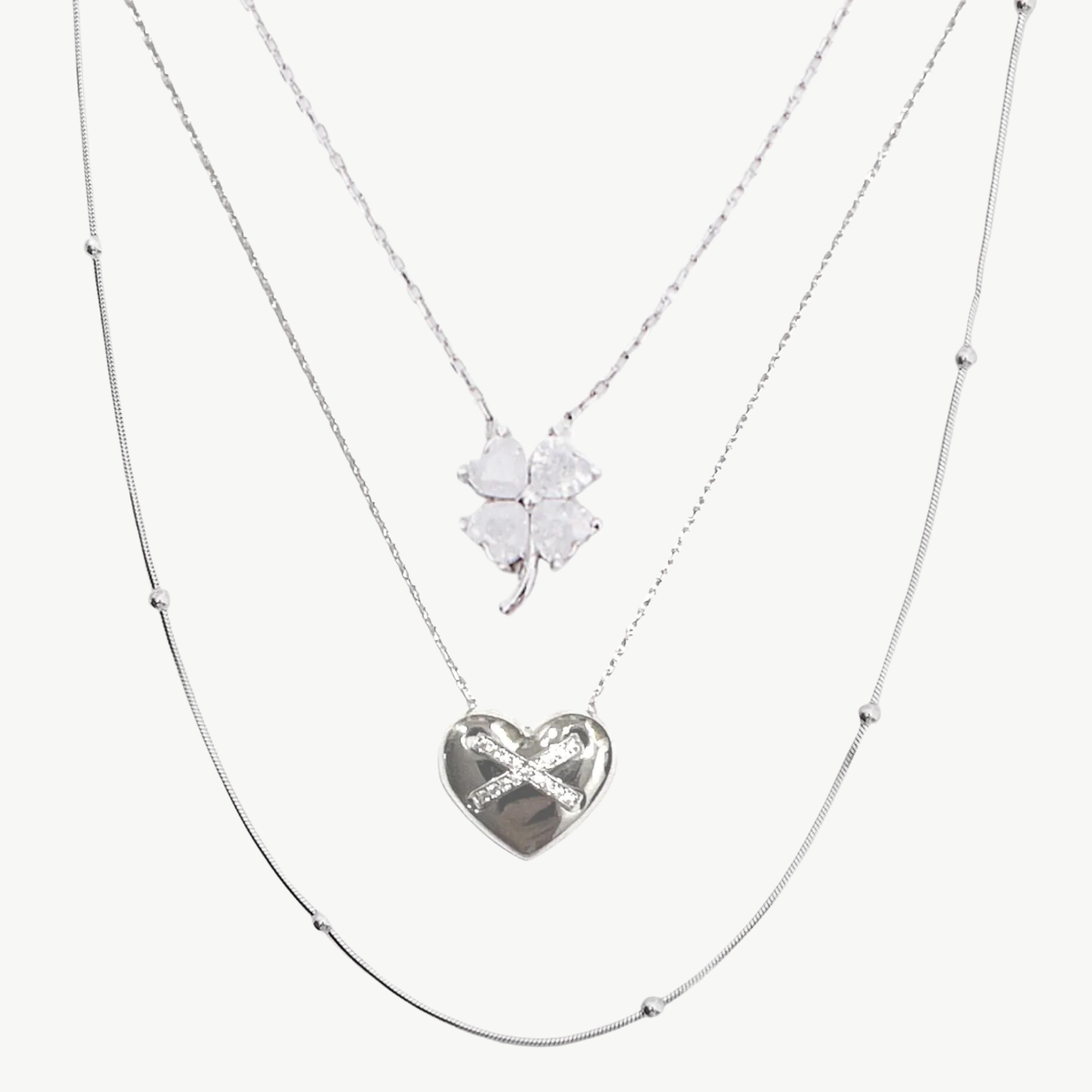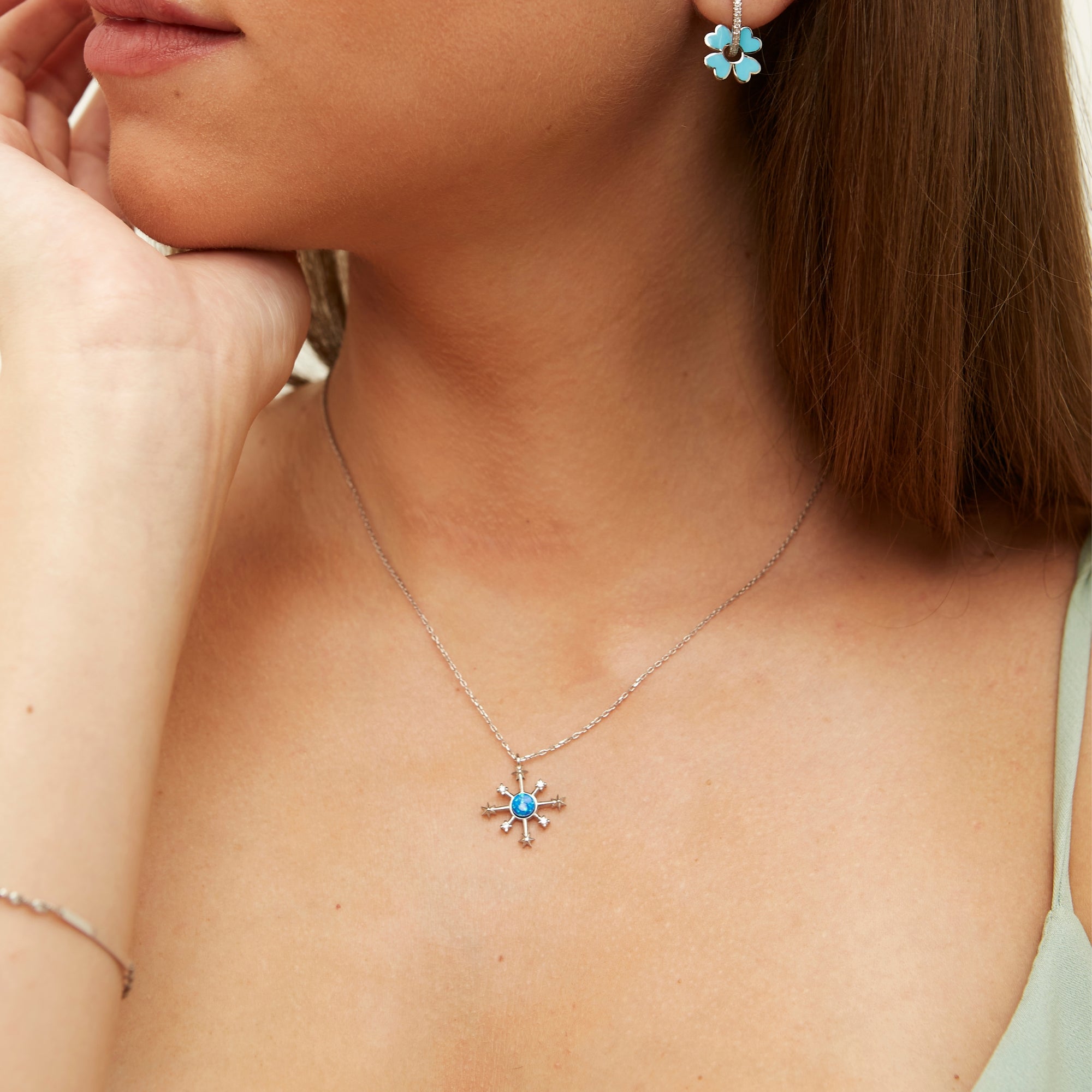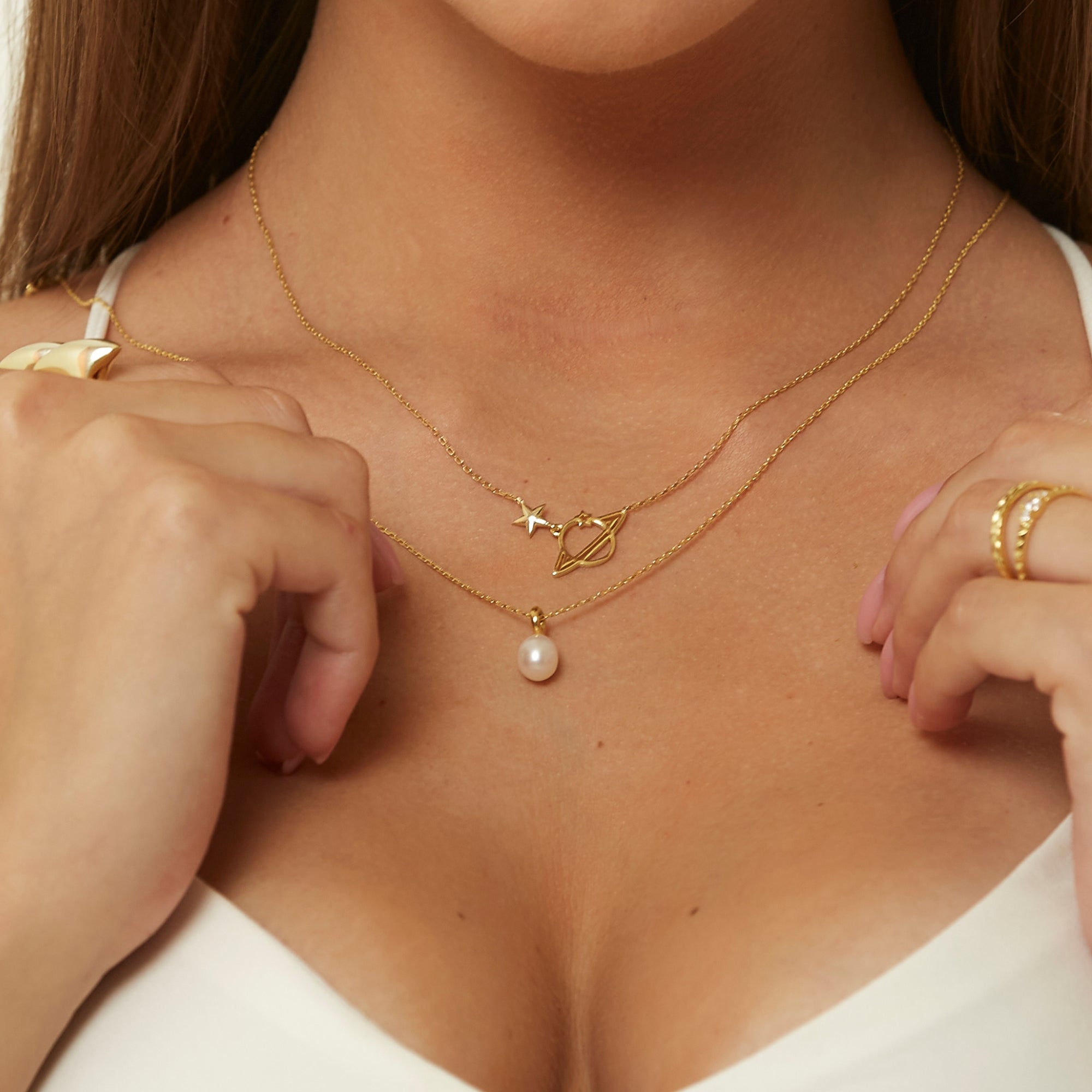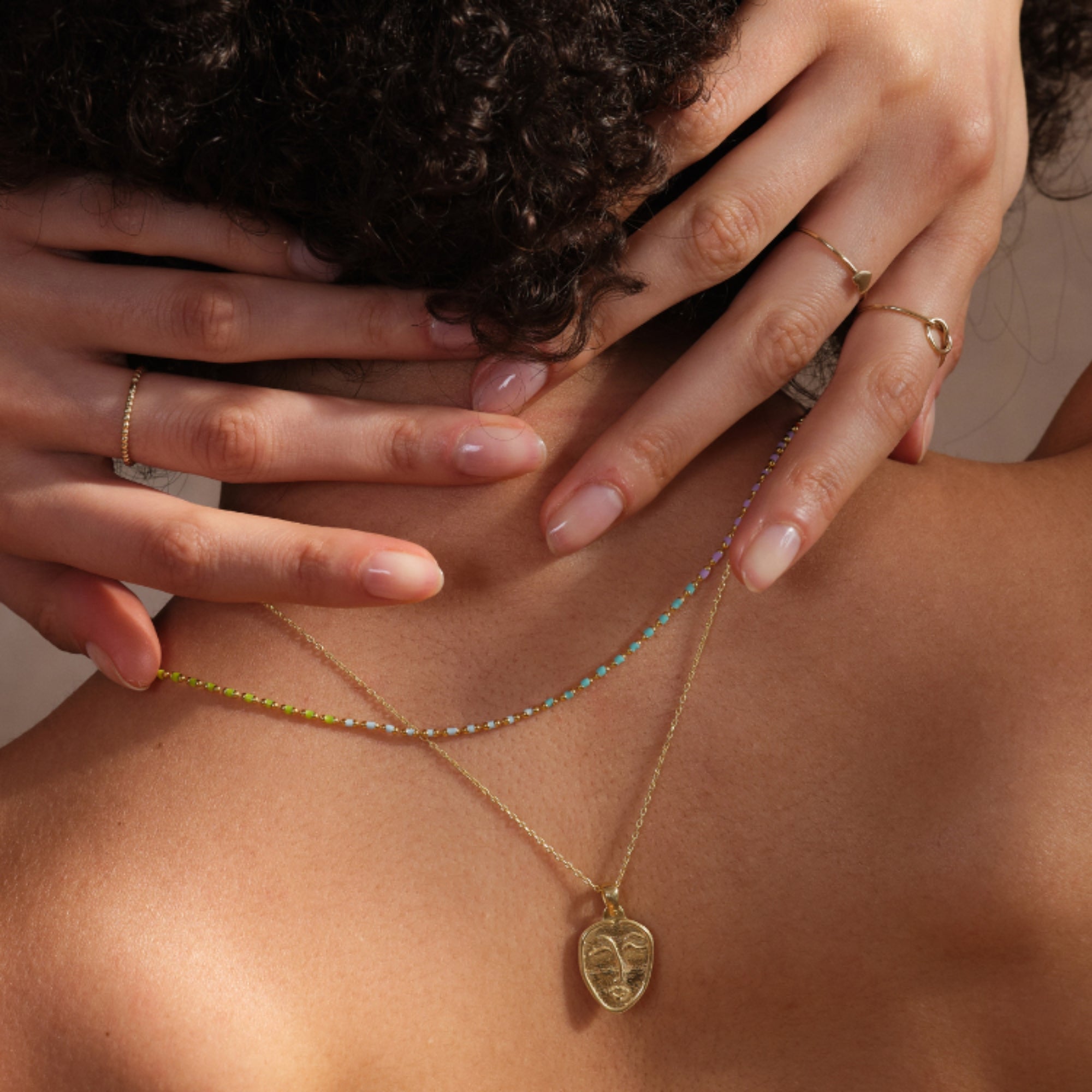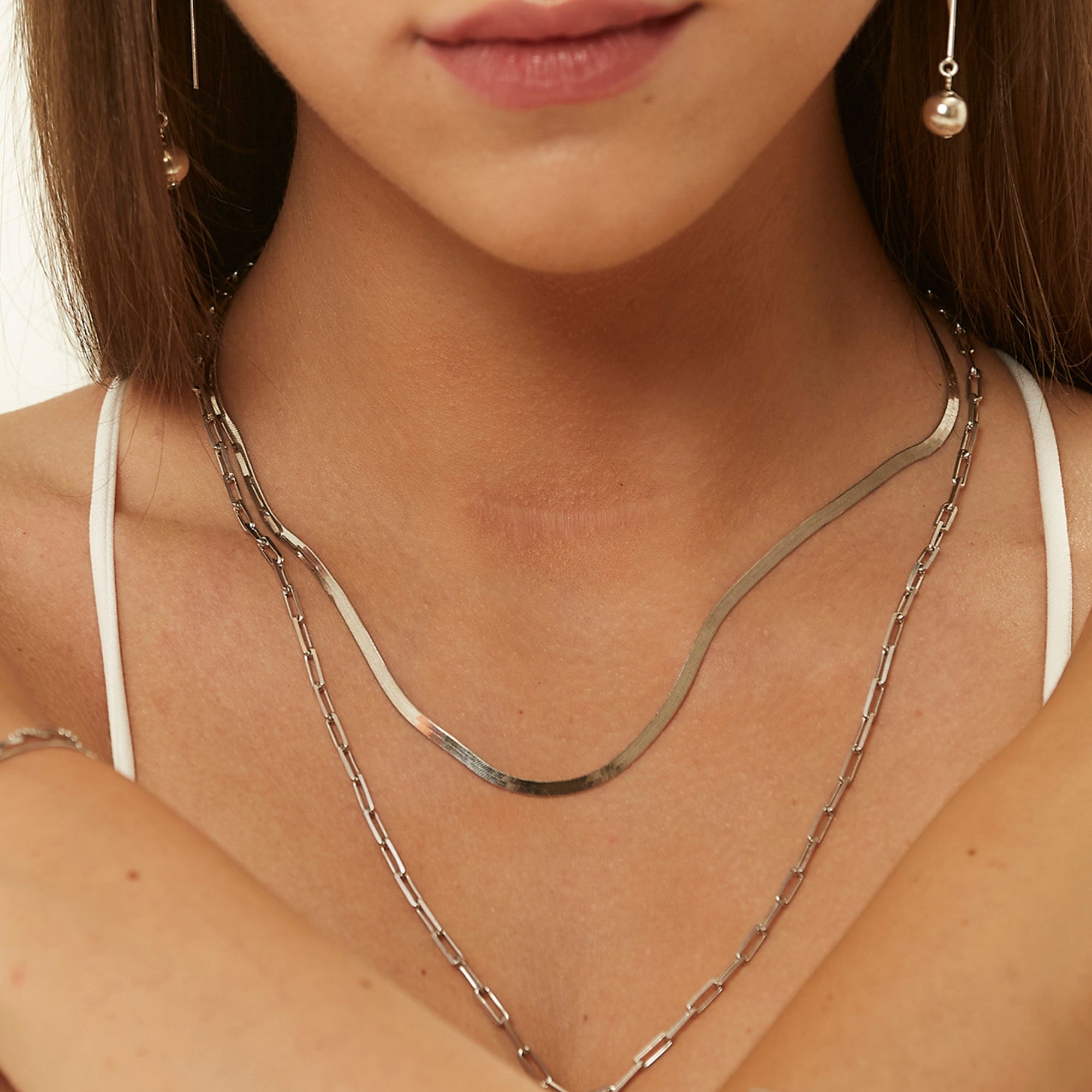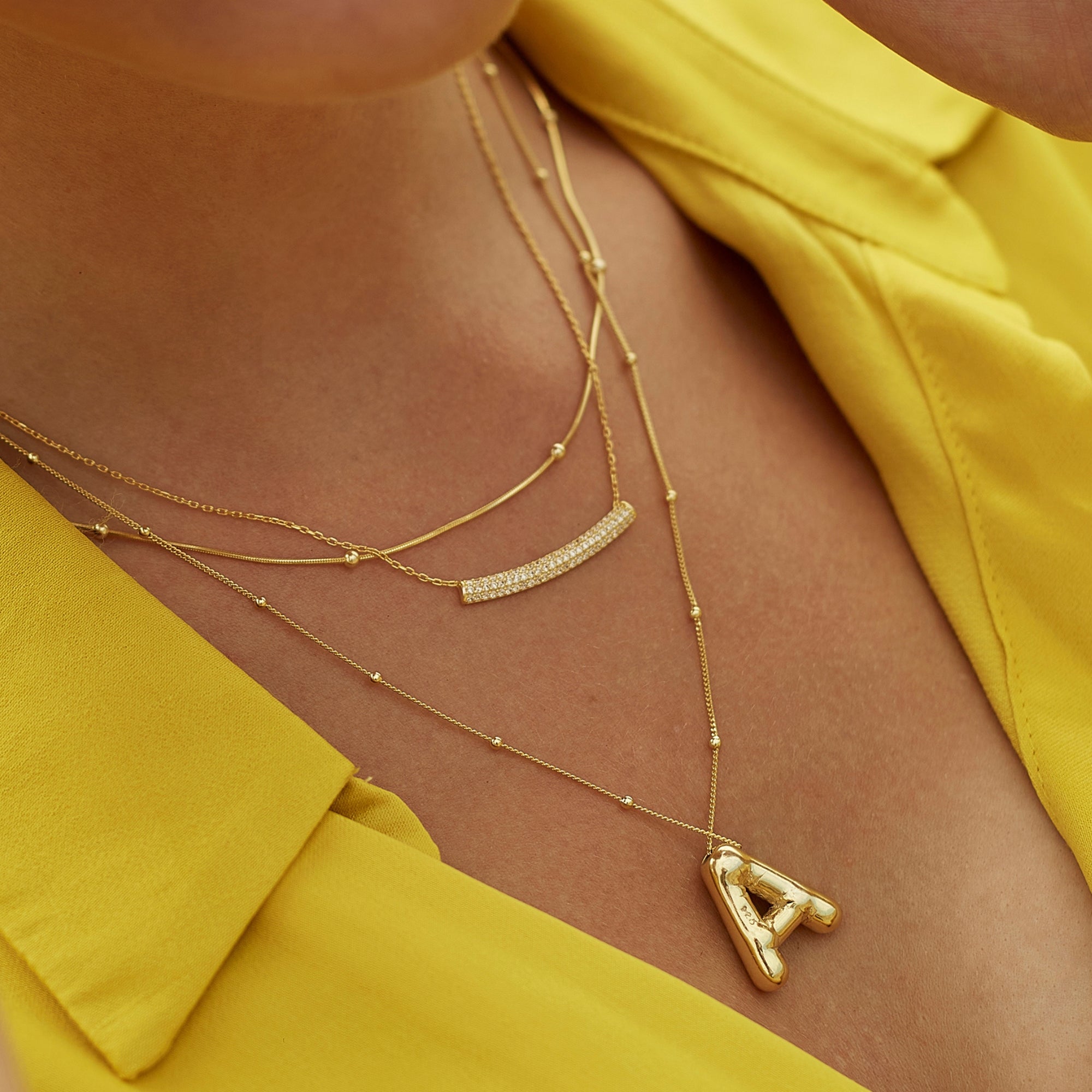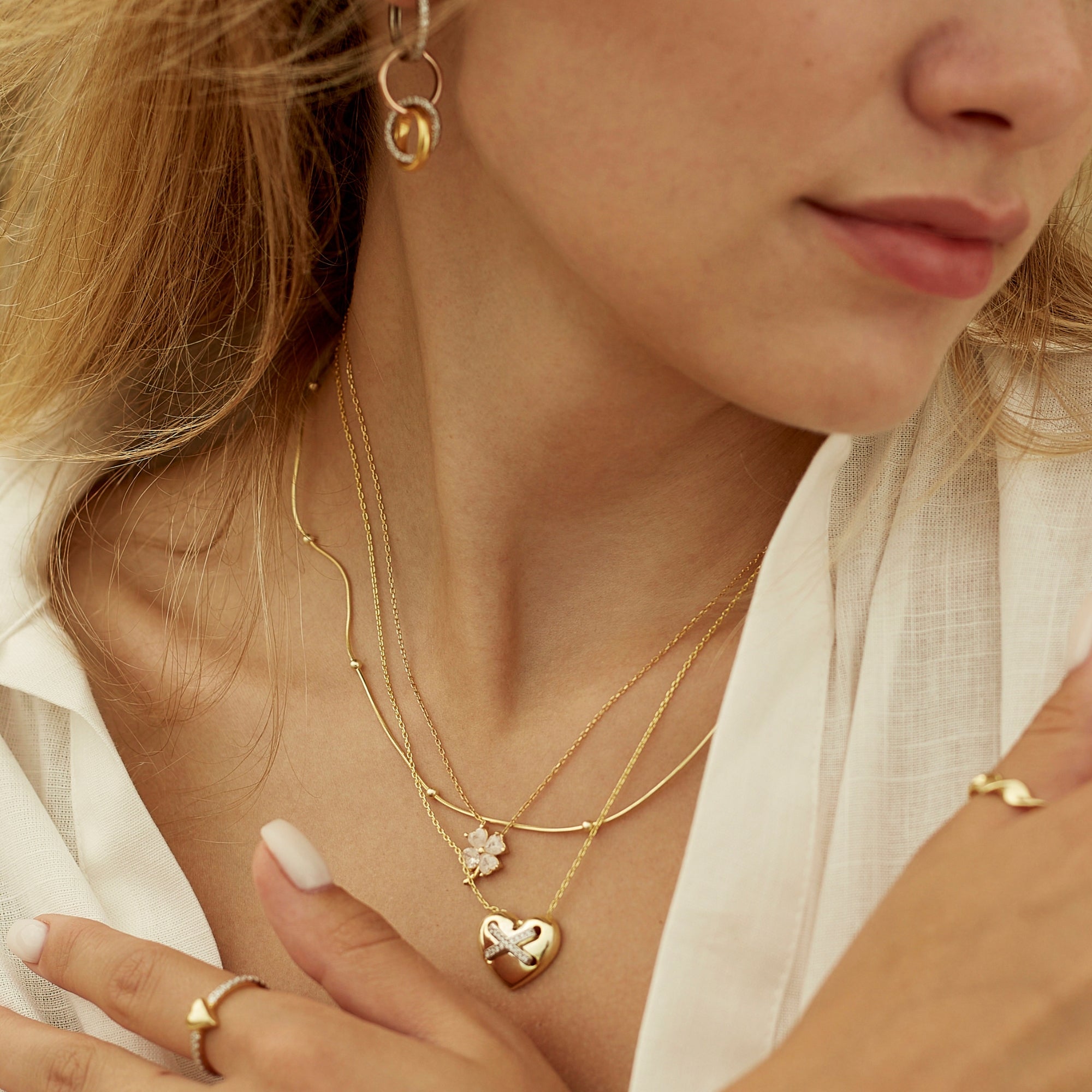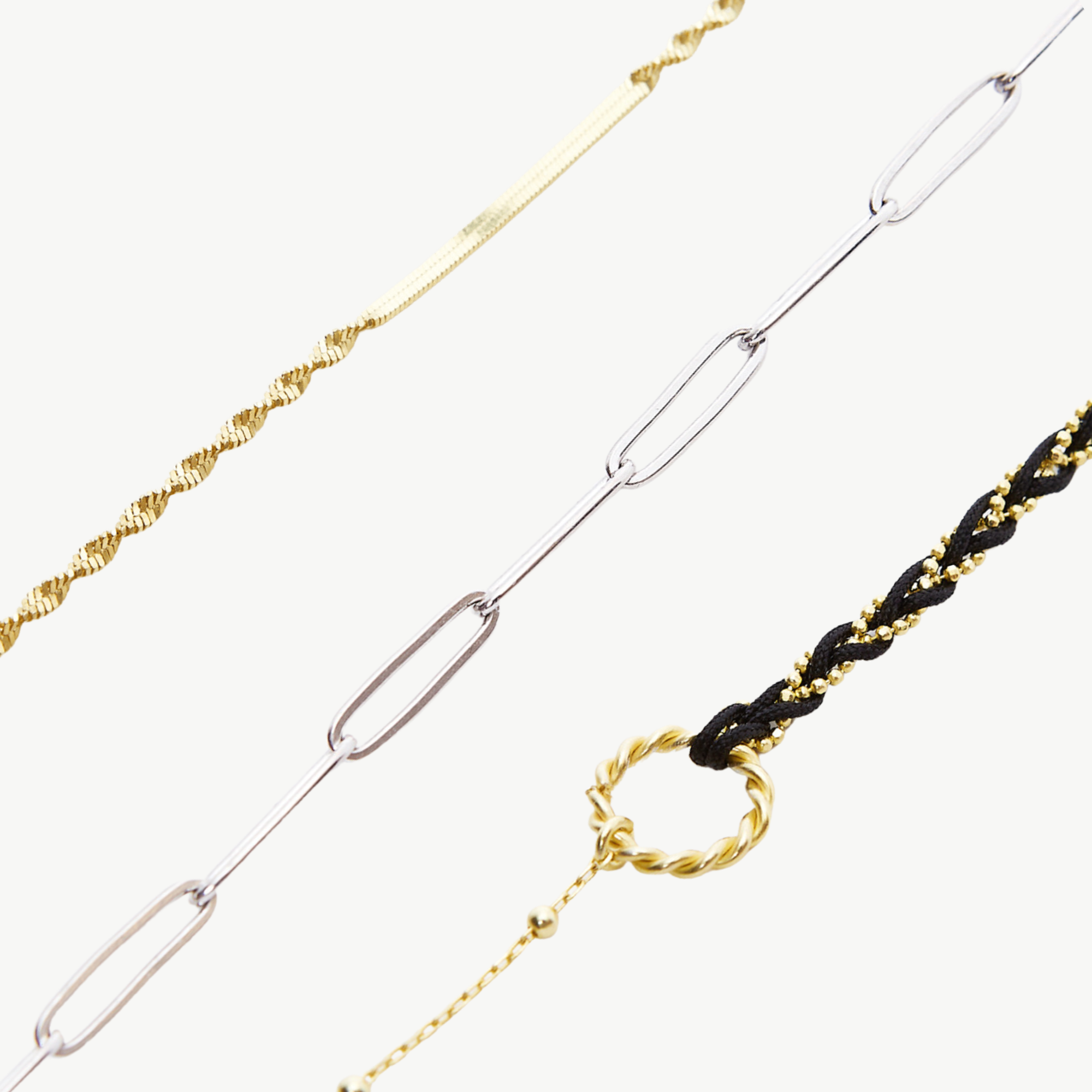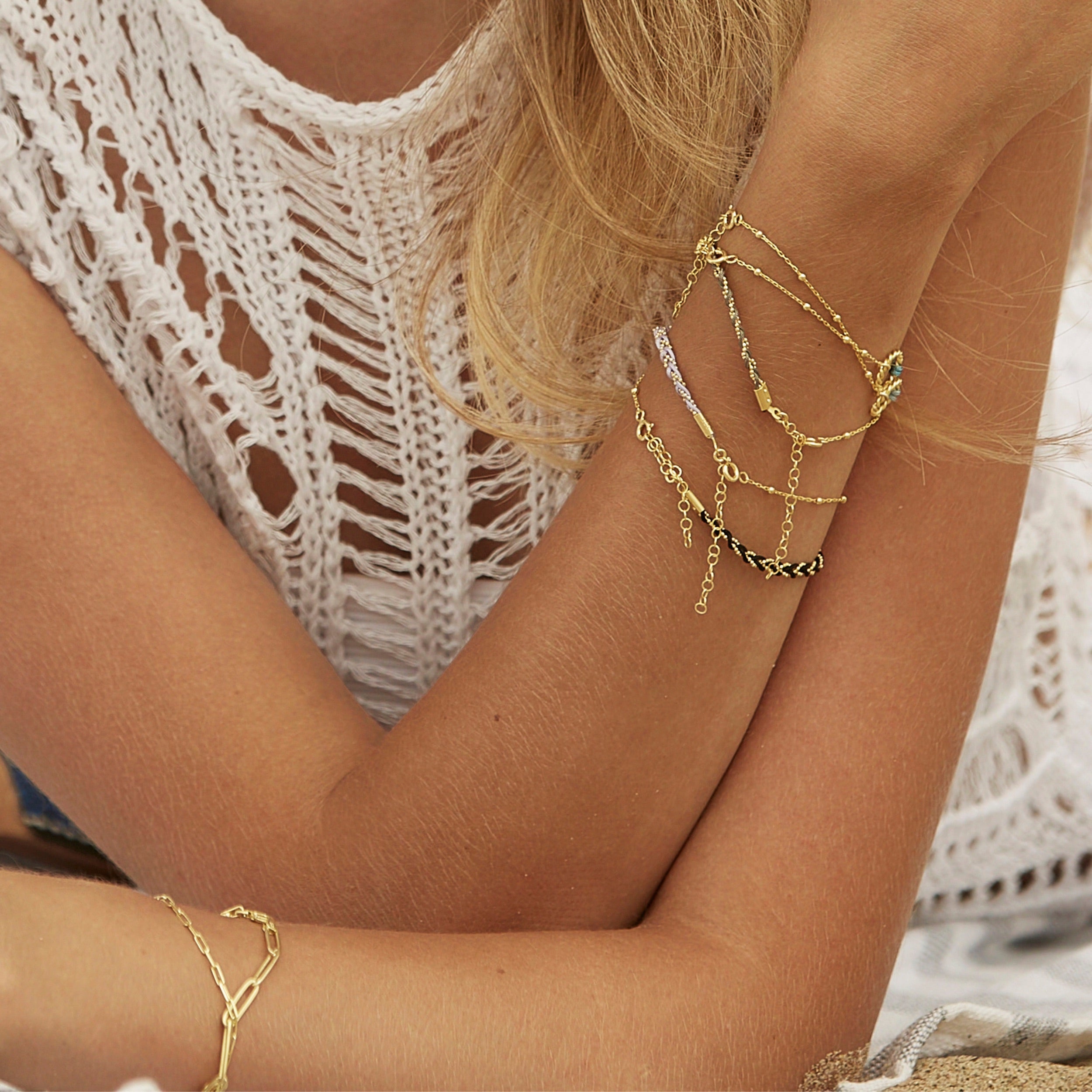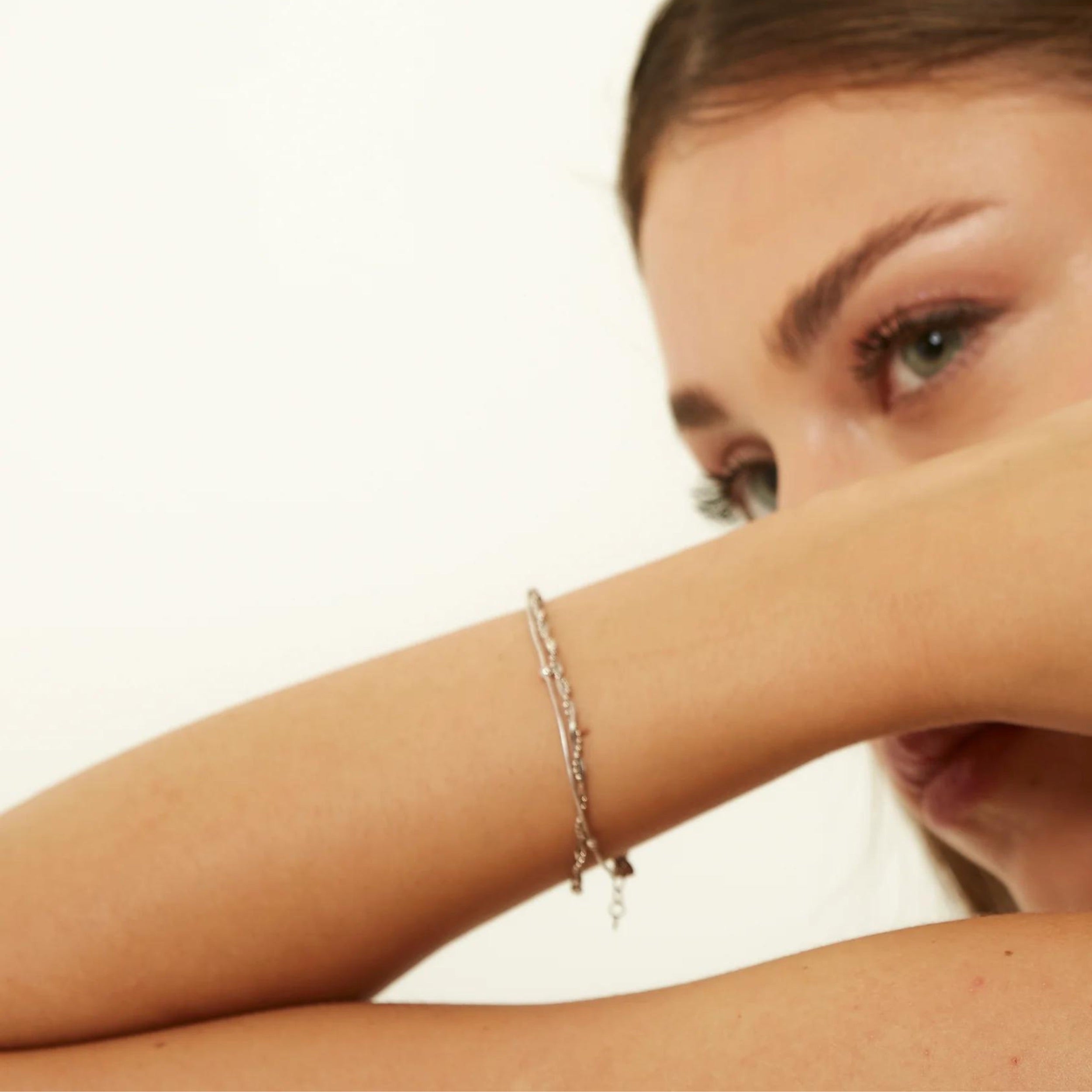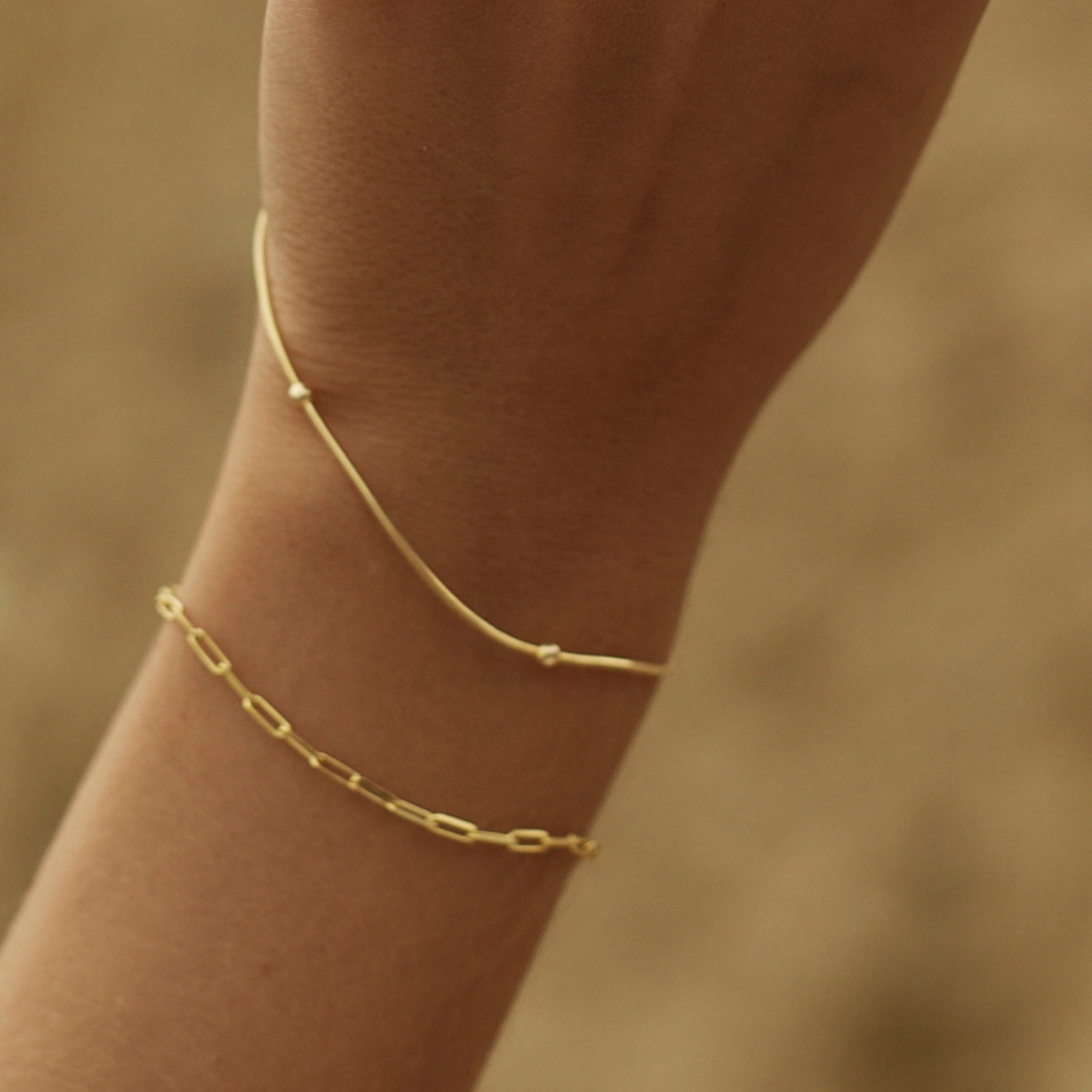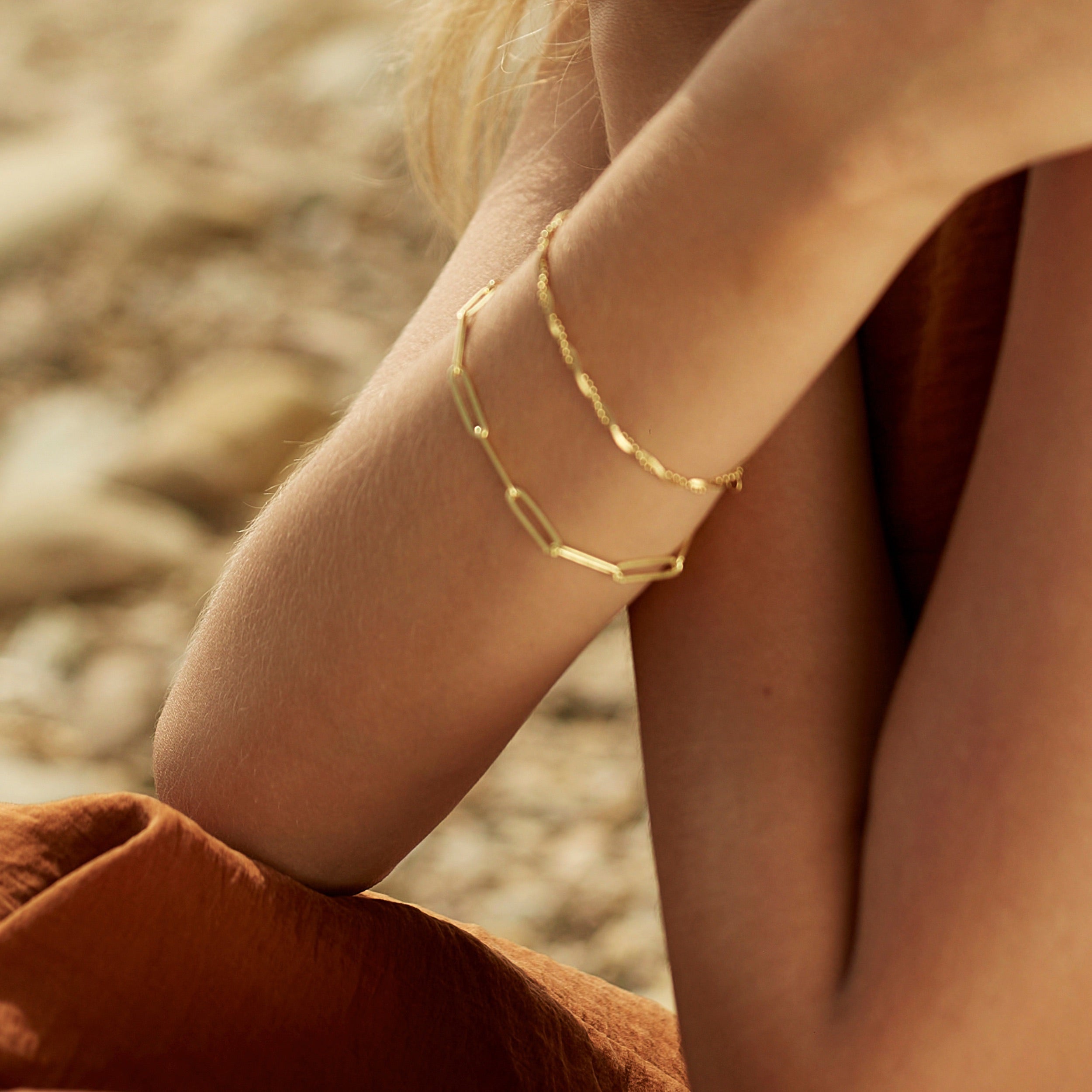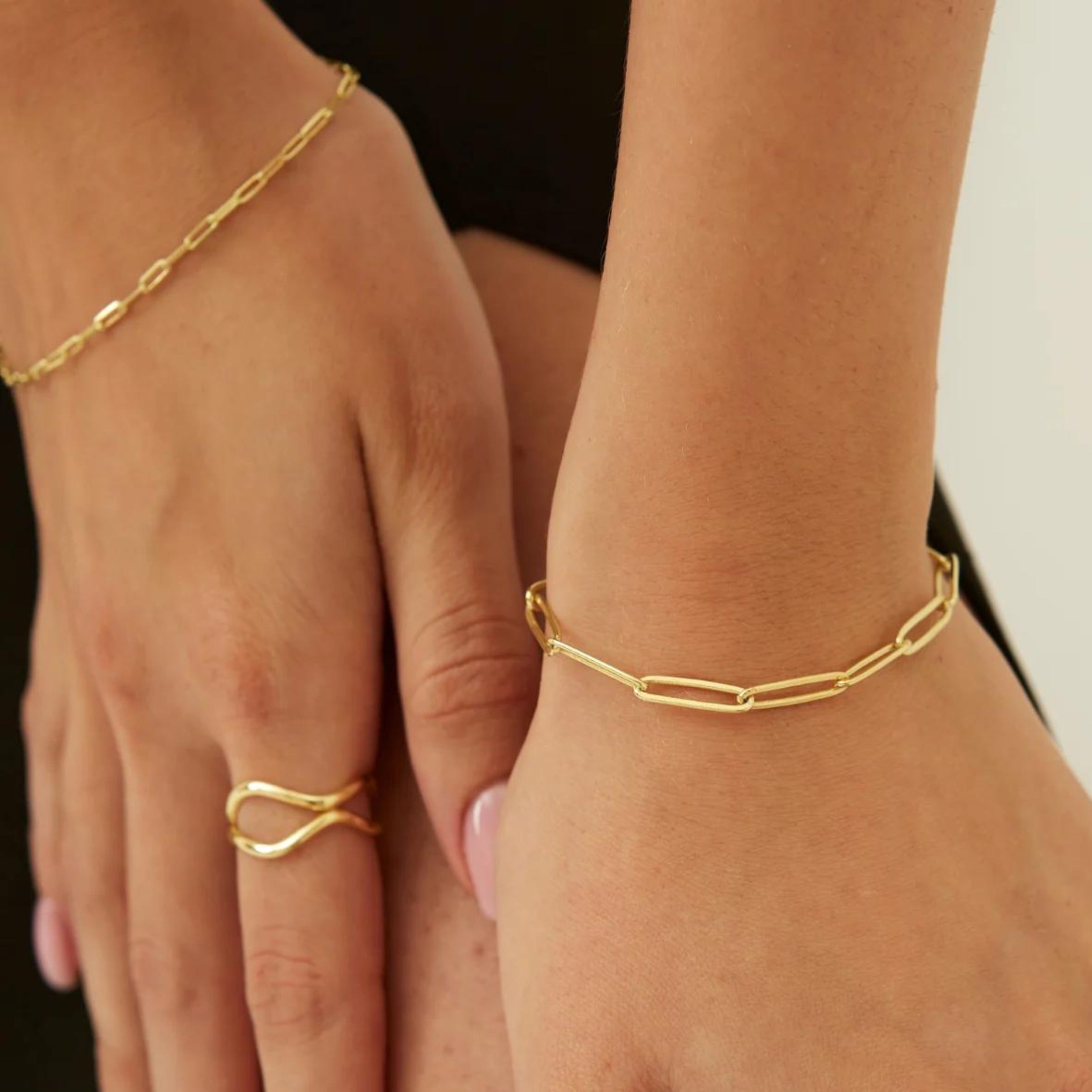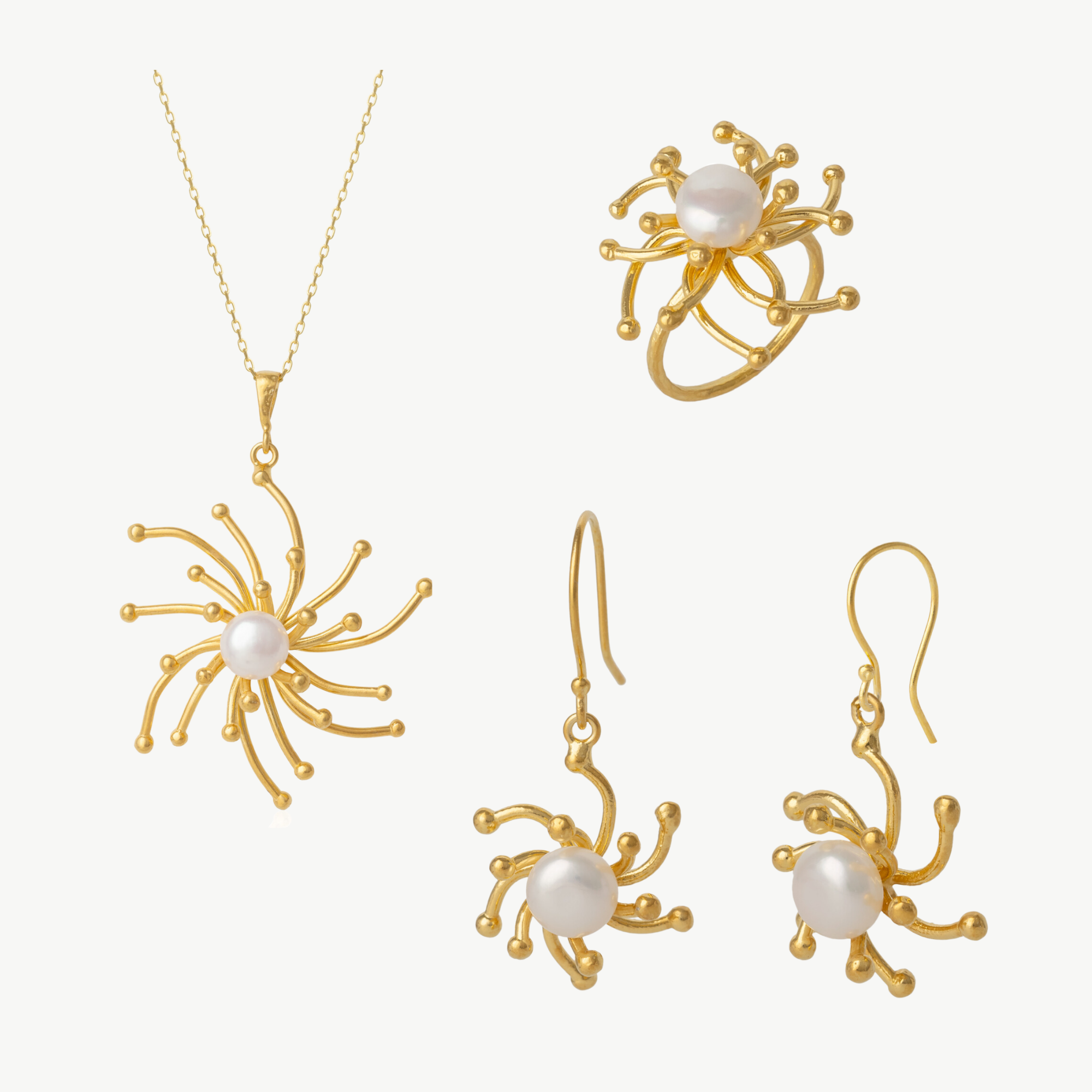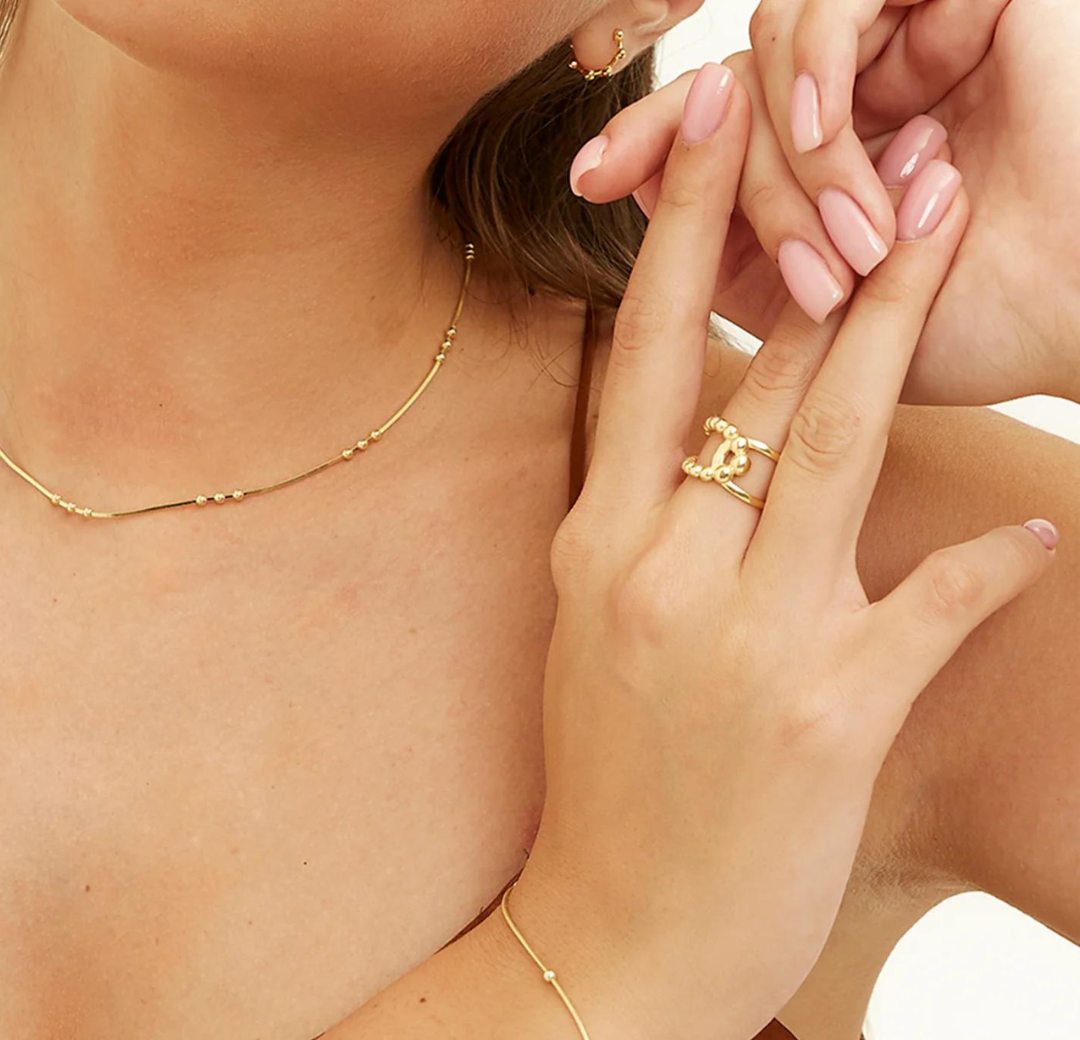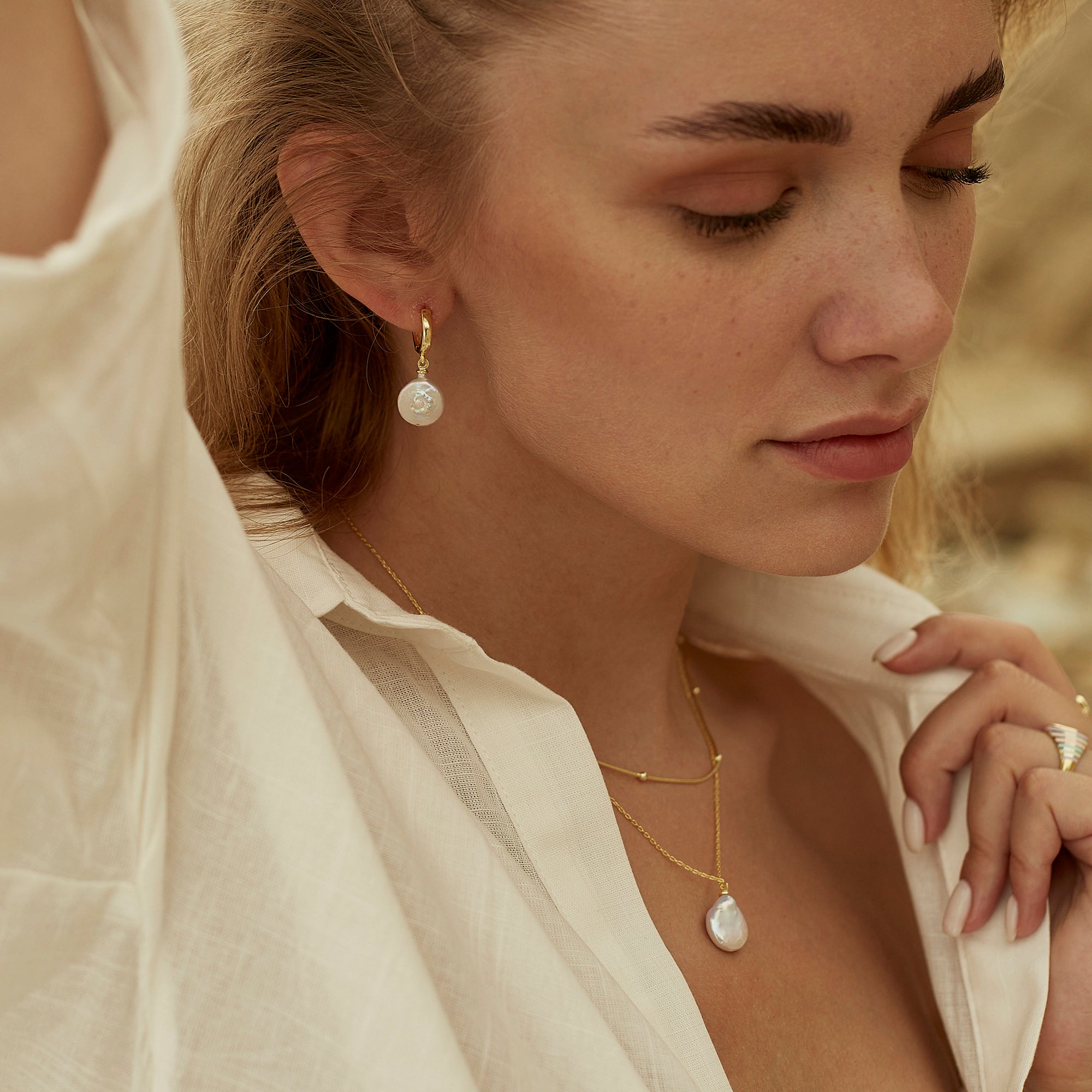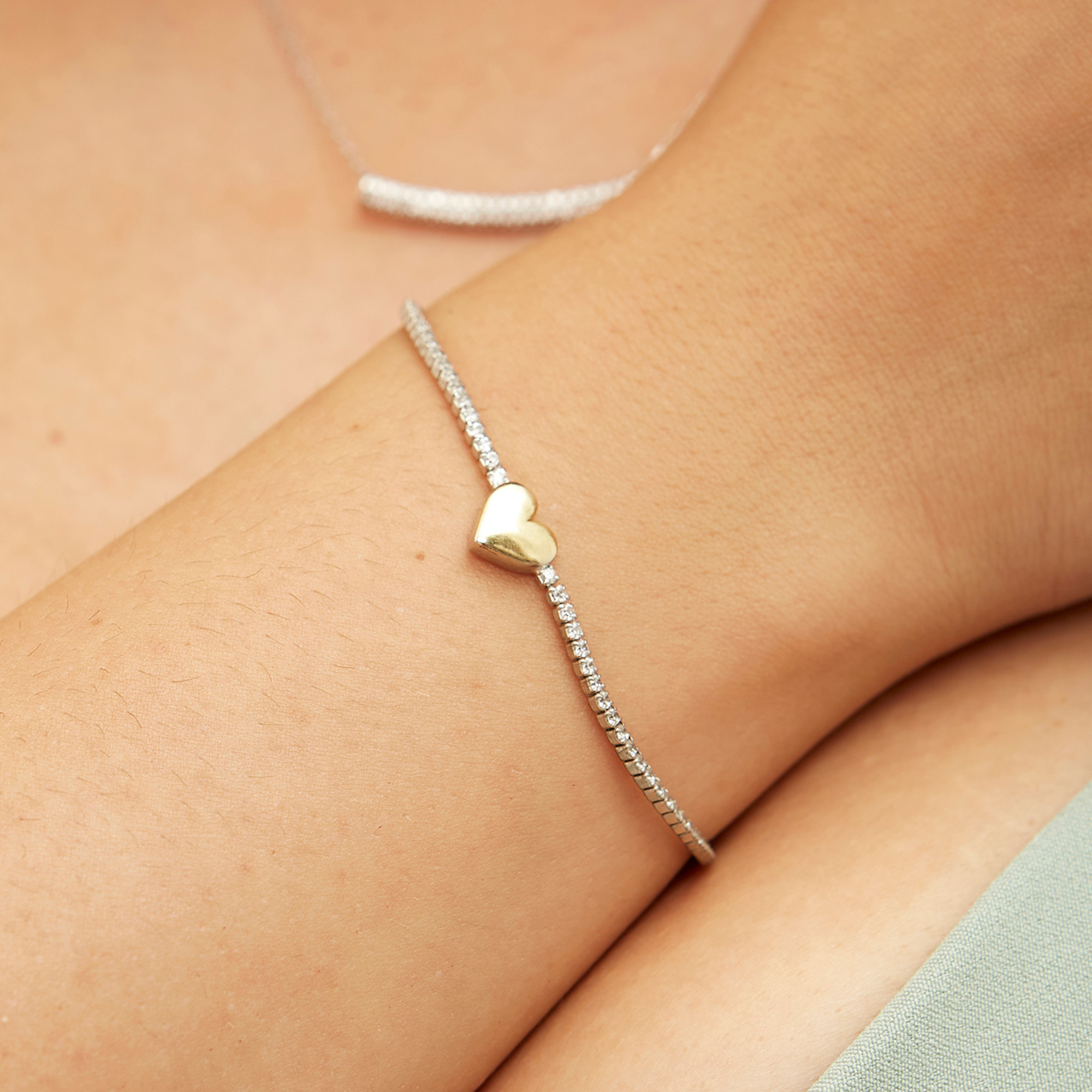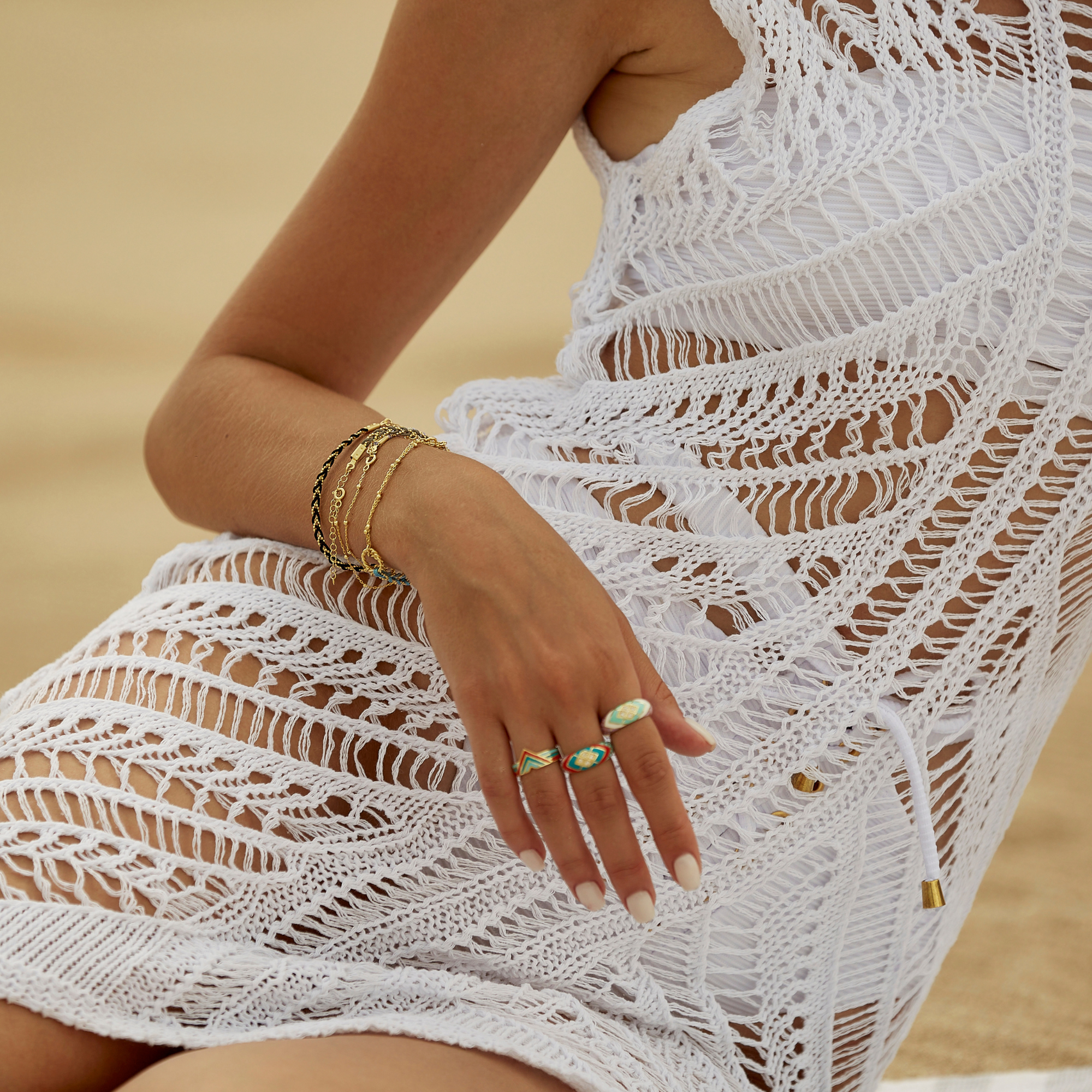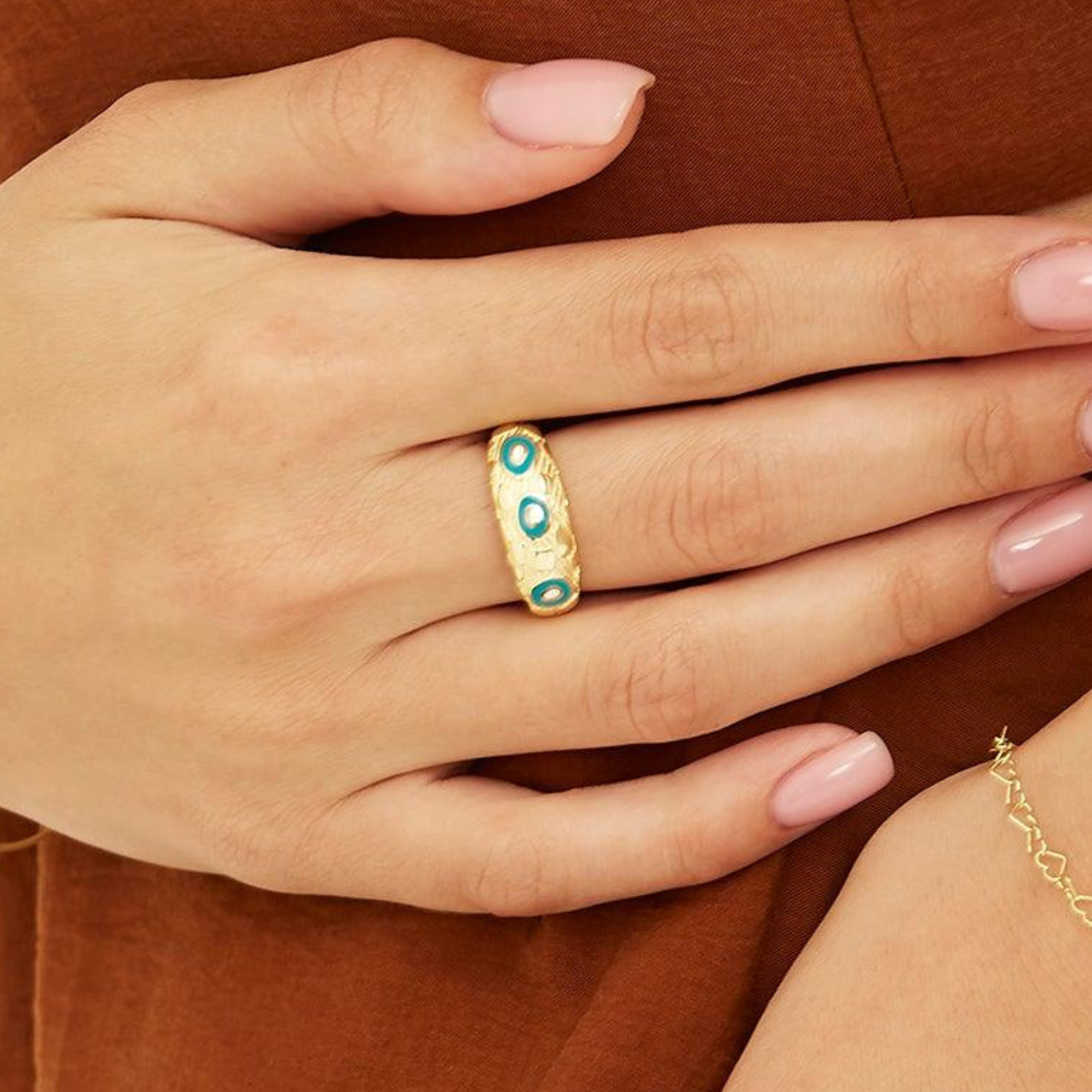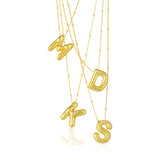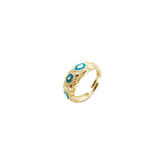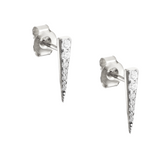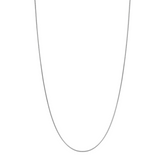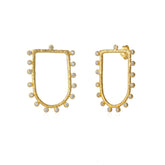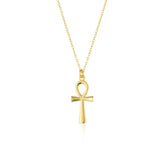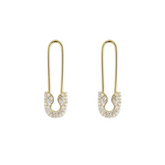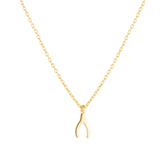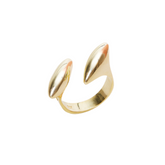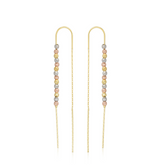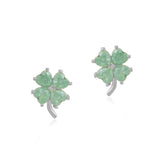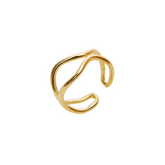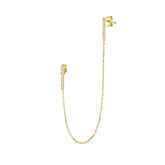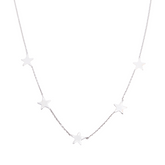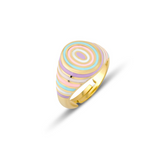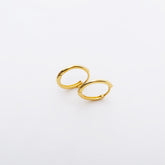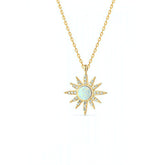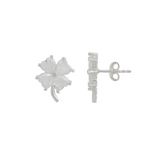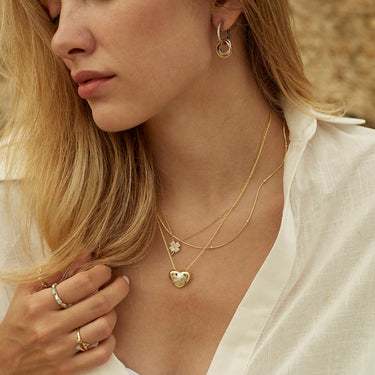The History of Spero Jewellery
The History of Spero Jewellery

A piece of Spero jewellery is an investment that can help you reach your financial goals steadily. This gemstone was once a cottage industry, but now, it is considered a cheaper alternative to sterling silver. Interestingly, the wood that makes up this gem is fossilised and surprisingly cheaper than sterling silver. If you are interested in purchasing this type of jewellery, then read on to discover more about this amazing gemstone and the history behind it.
Spero is a fossilised wood of the Araucaria tree
The fossilised wood of the Araucaria was found along the coastline of North Yorkshire. Spero is 180 million years old, and is a fascinating example of the effects of time on the earth. This rare fossil comes from the Araucaria tree, also known as Chilean pine or the Monkey Puzzle tree. The fossilisation process is incredibly slow, but the finished product is spectacular. Water and sediment pressure causes the wood from the Araucaria tree to be compressed and become fossilised.
It is a gemstone
One of the most striking features of Spero jewellery is that it is made from fossilised wood. The stone was first discovered around Whitby, England, and was shipped to the city of Eboracum, today's York, where it was used in jewelry. Many museum collections worldwide contain archeological pieces made with jet. These pieces are highly prized, and Jacqueline Cullen, who is one of four craftspeople to receive a Career Catalyst Grant in 2020, discusses her fascination with this material and her dedication to pushing boundaries in her craft.
It is cheaper than sterling silver
When you're shopping for new earrings, you may be wondering if you should get some made from Spero or sterling silver. While it's true that the price of Spero jewellery is cheaper than sterling silver, there are a few key differences between the two metals. For instance, Georgian jet is not as expensive as Spero, but you will likely spend less money on it as well.
It was a cottage industry
In 1851, Spero jewellery was exported throughout the country and beyond. Some items were long strings of glittering beads; others were ornately carved earrings and necklaces; others were cameo brooches and gothic crosses. Rings, bracelets, and neckpieces were the most popular.
Women, who made the majority of the products, helped out in the shop or took care of small tasks.
It has been reinvented in contemporary designs
A black gemstone with a liquid-like lustre, Spero is unique and lightweight. It is also very comfortable to wear. Its specific gravity is only 1.2 to 1.3, which makes it ideal for contemporary jewellery designs. It has been used for centuries in Victorian and Edwardian jewellery, but its modern rebirth has given it a fresh look in both traditional and contemporary designs.
Discover Spero
Our Designs
Discover Exceptional Jewellery at Spero London
Why Choose Spero London?
Ethical Sourcing: We ensure our materials are sourced from suppliers who share our commitment to sustainability and ethical labor practices.
Unmatched Quality: Our jewellery is crafted from only the finest materials, such as sterling silver and 14k gold, meeting rigorous standards to exceed your expectations.
Unique Collections: From timeless classics to contemporary designs, our pieces are selected to offer something special for every taste.
Ready to find your next masterpiece? Visit Spero London's Shop today and discover the exceptional craftsmanship and ethical beauty that set our jewellery apart. Experience the difference with Spero London – where luxury meets responsibility.
